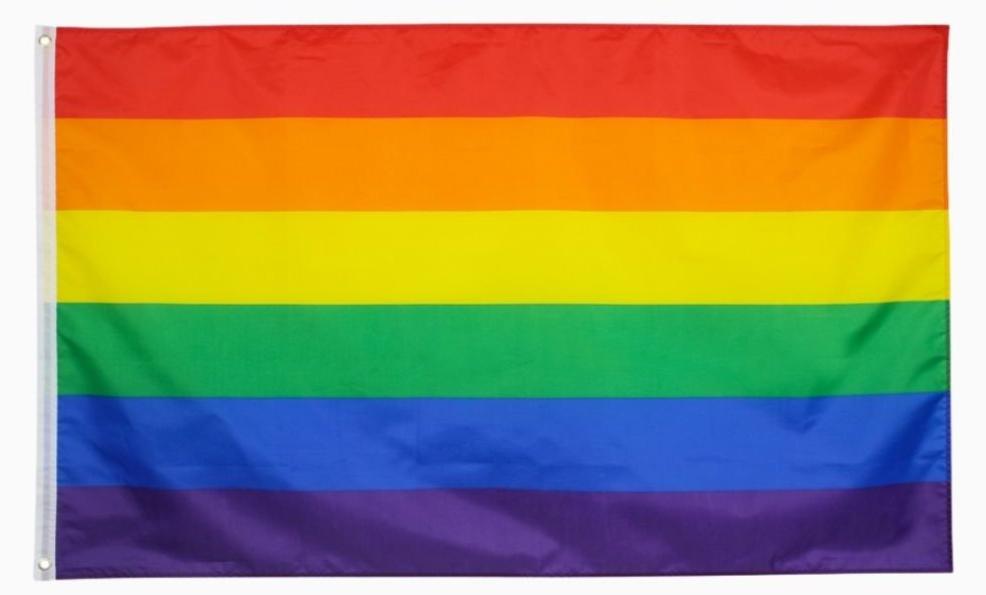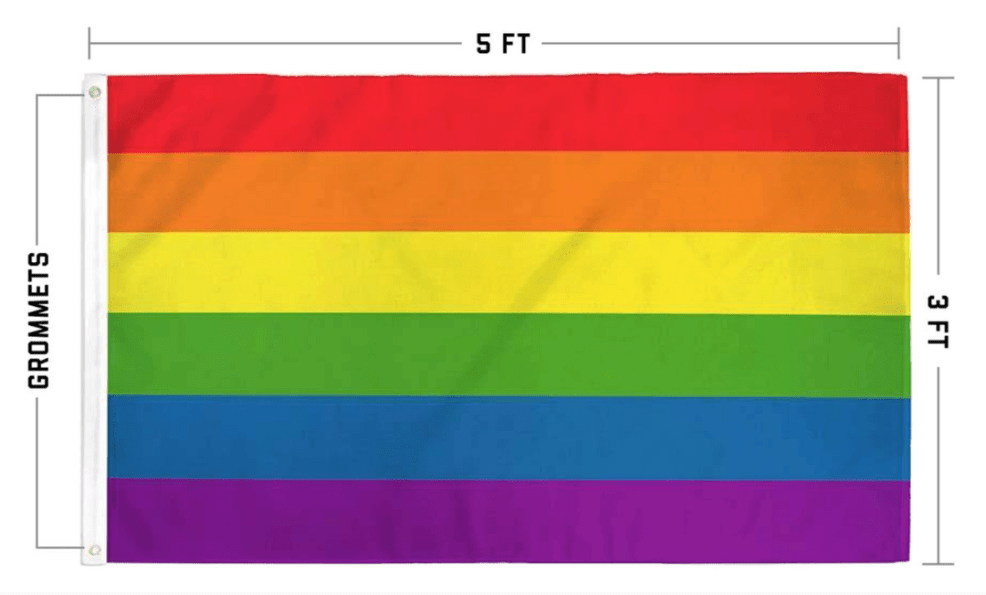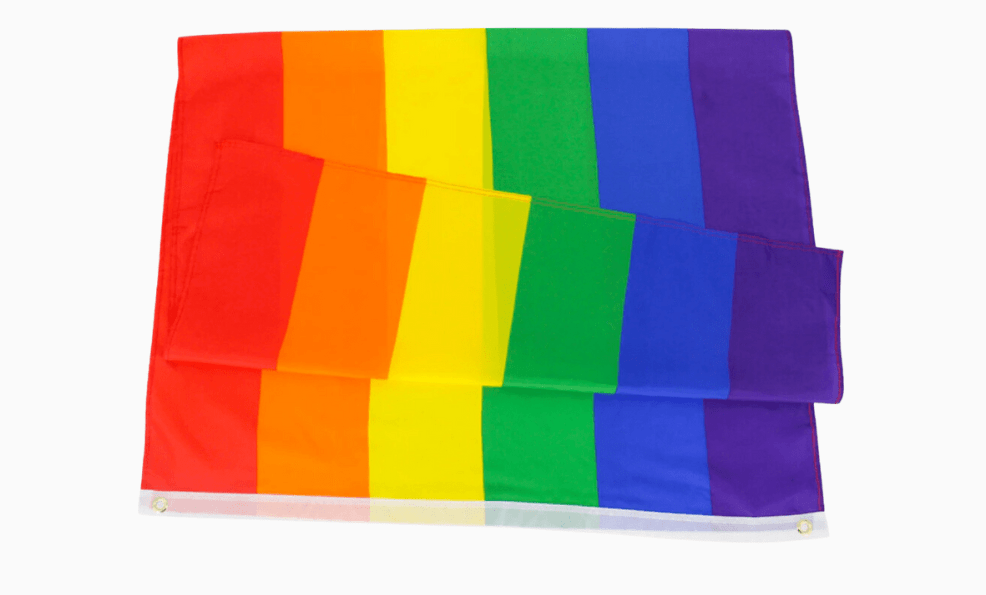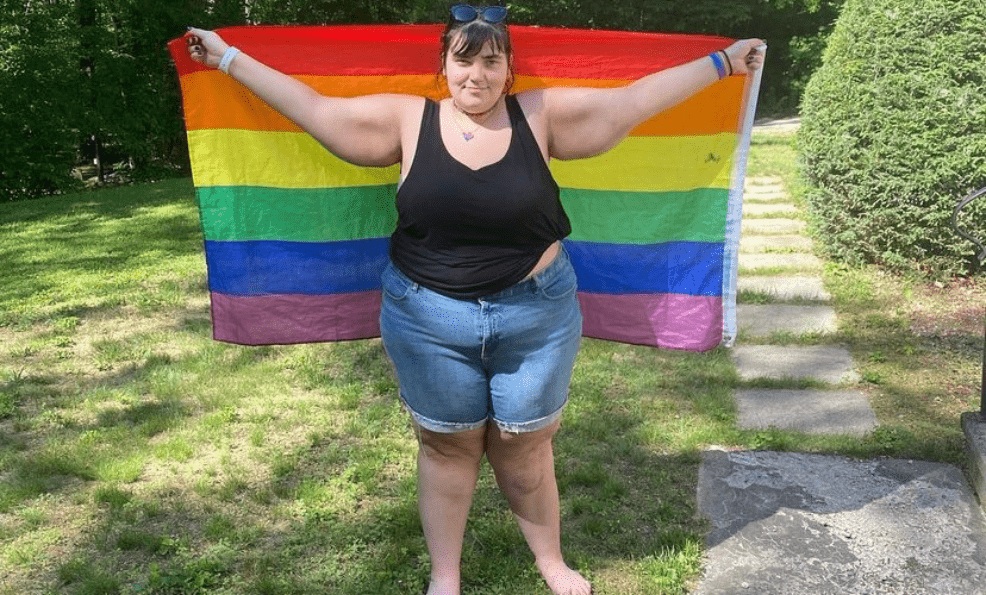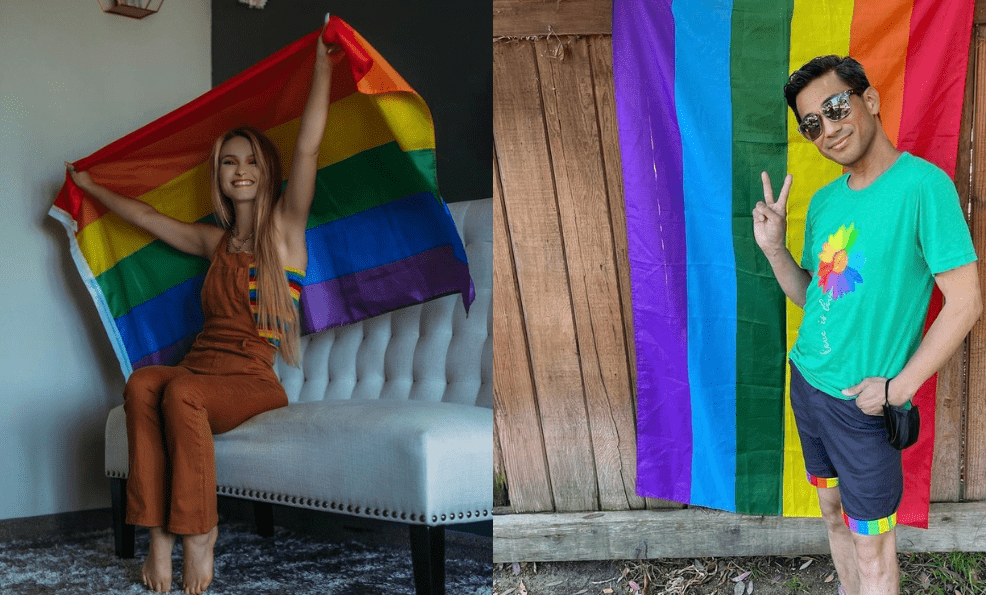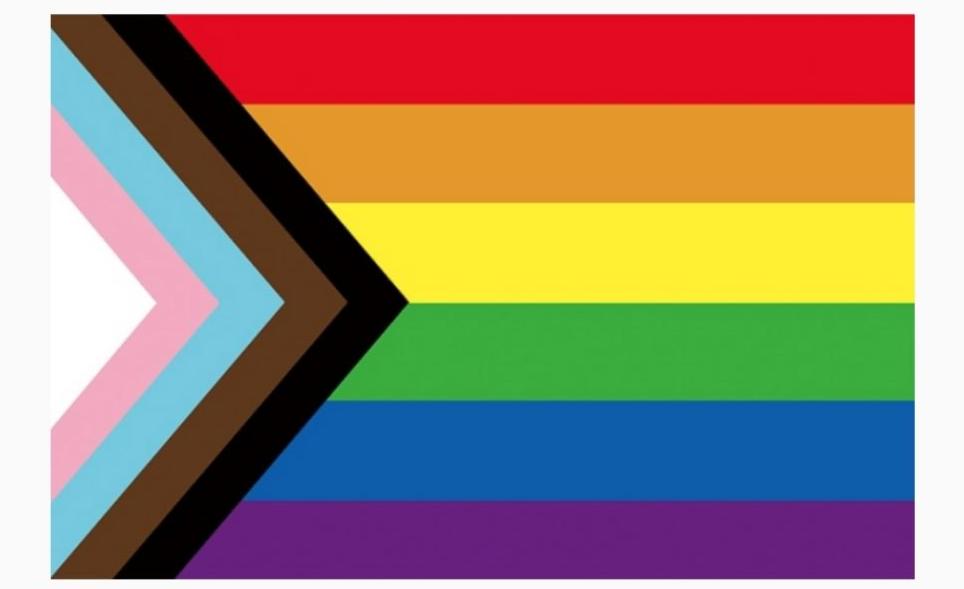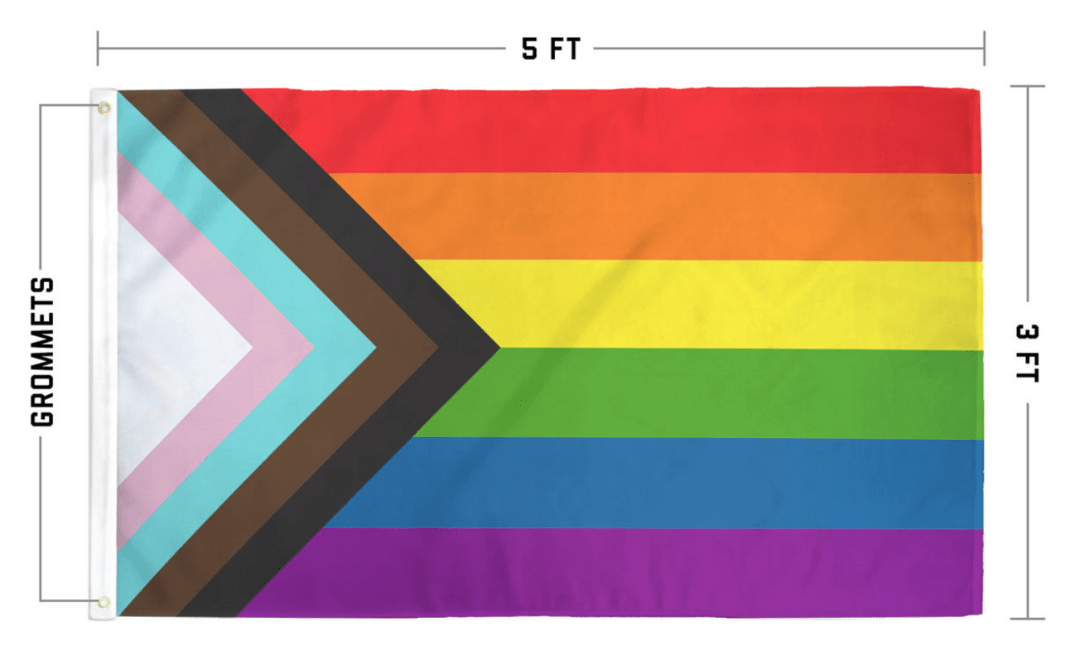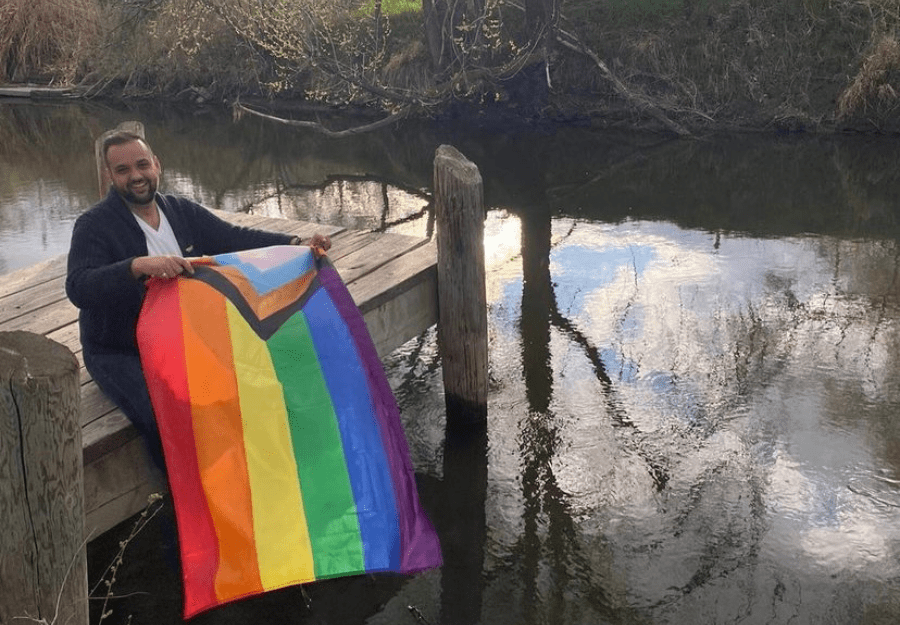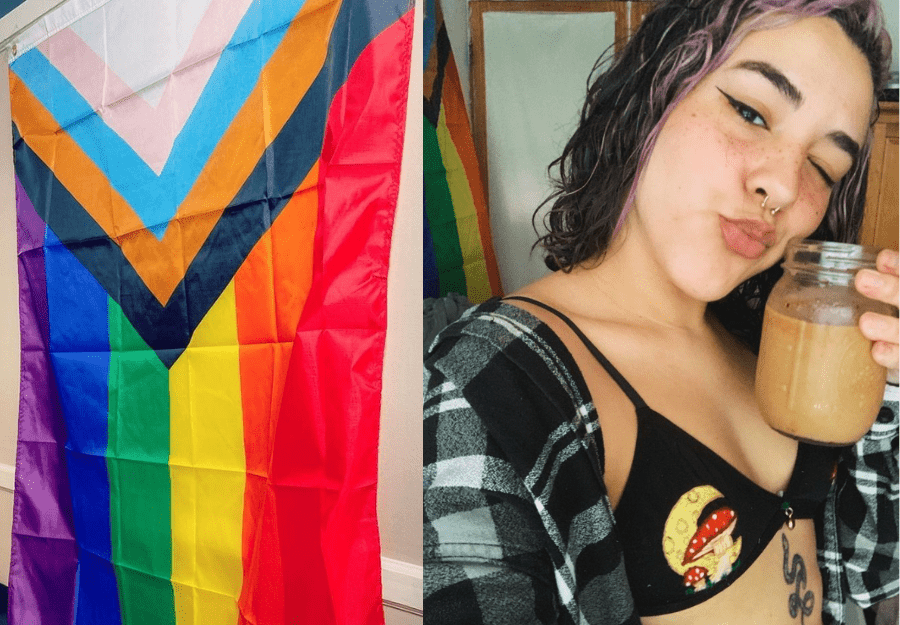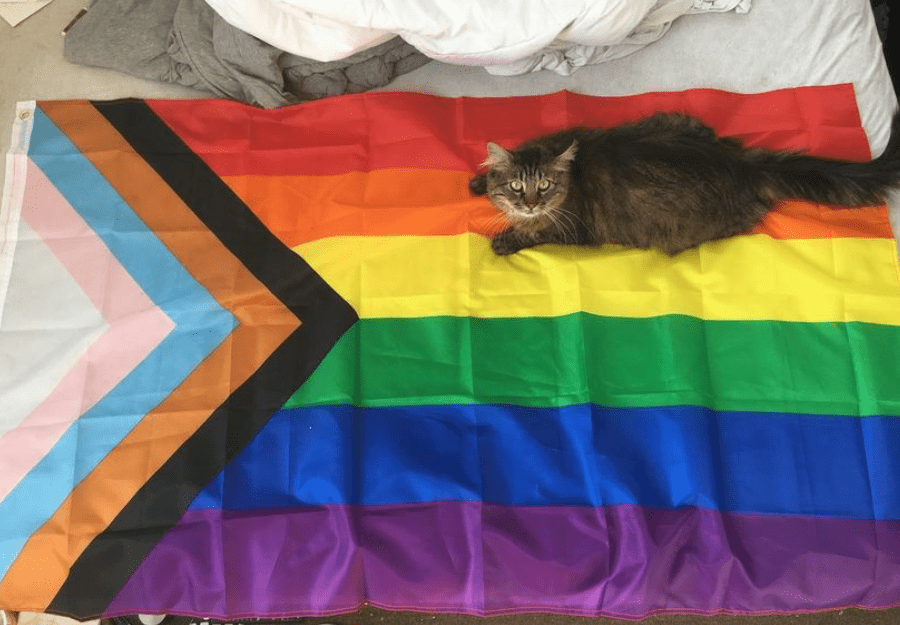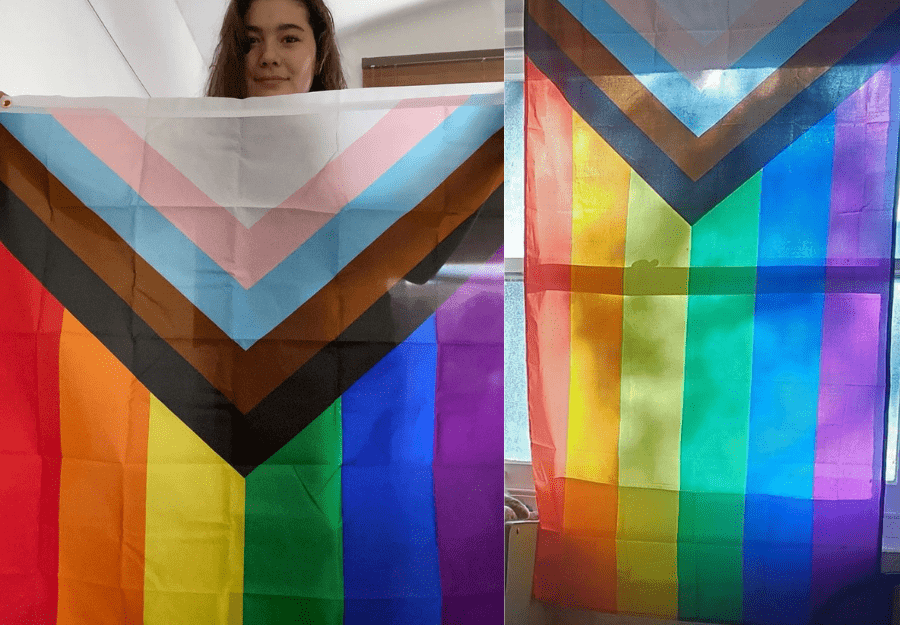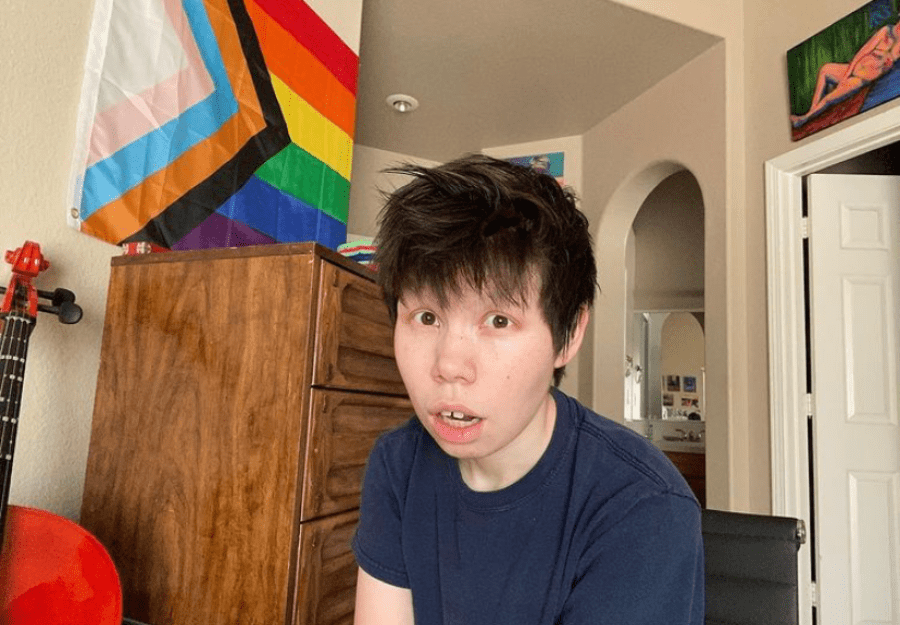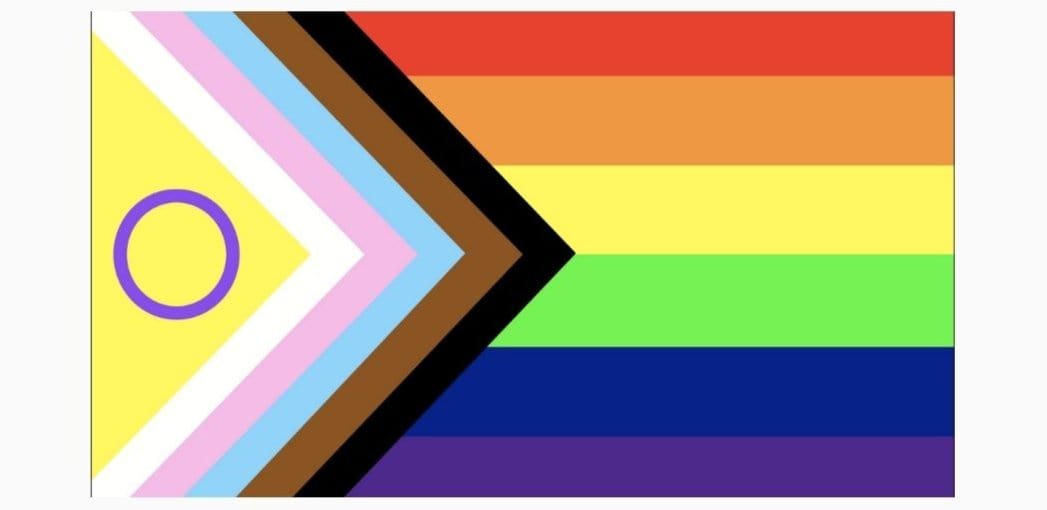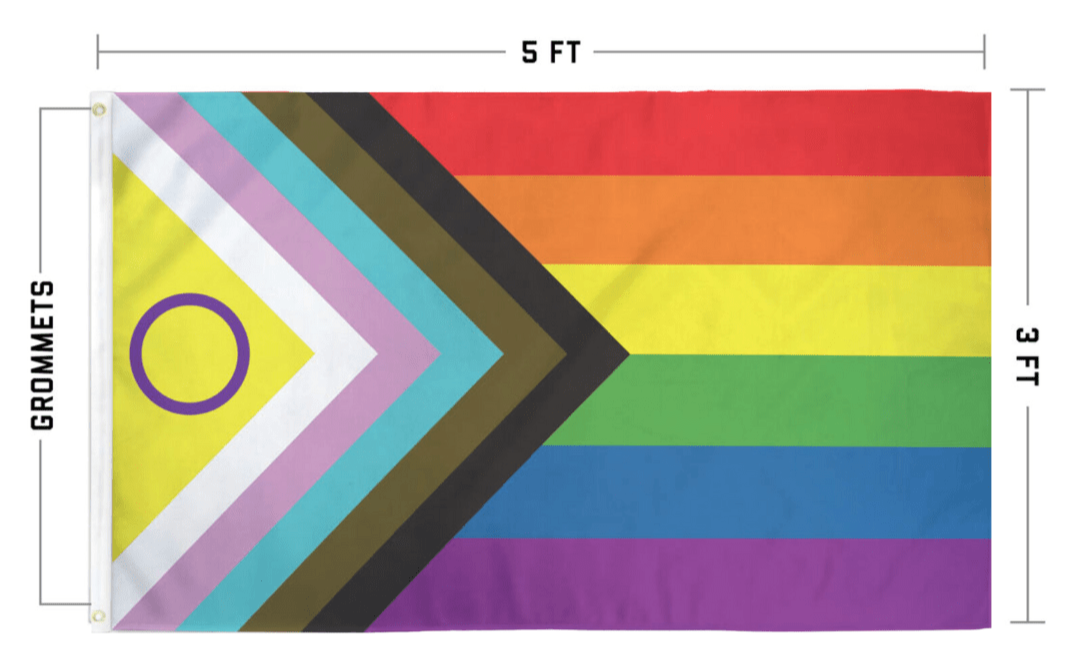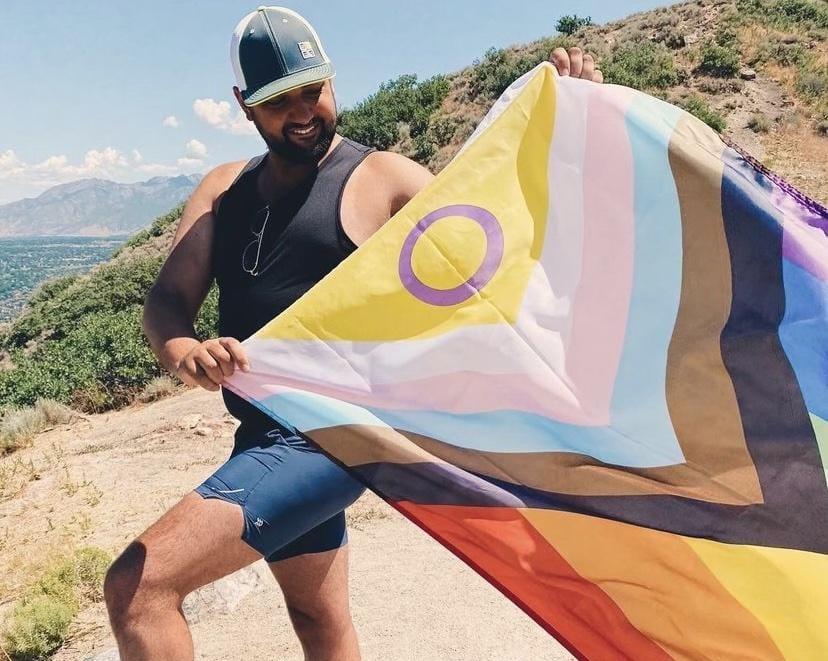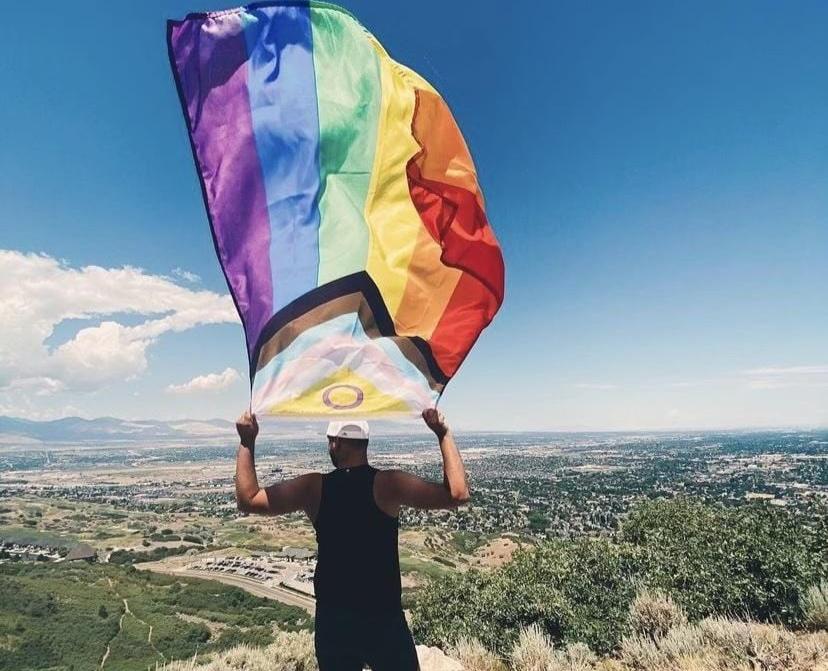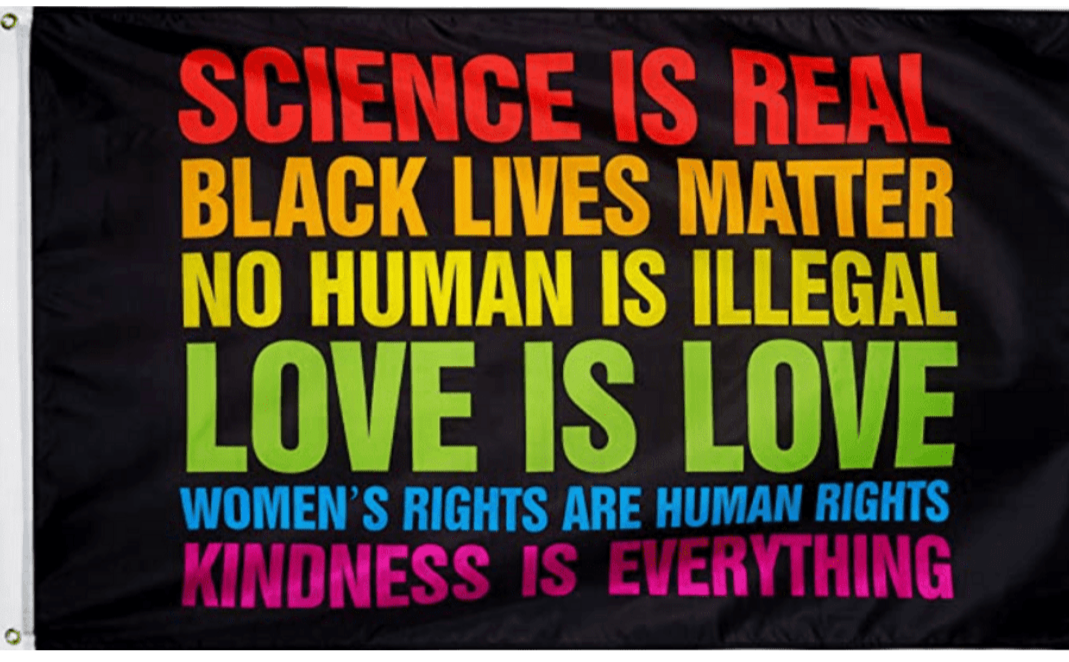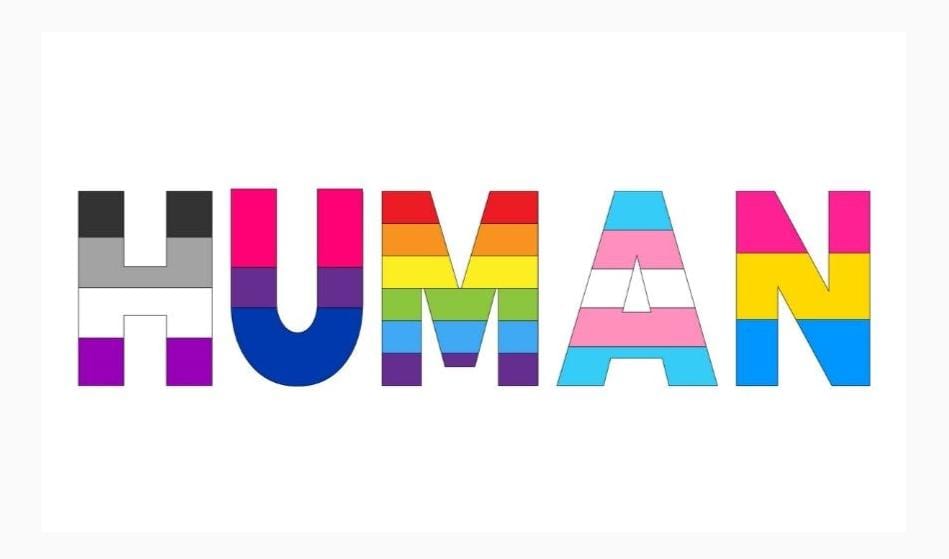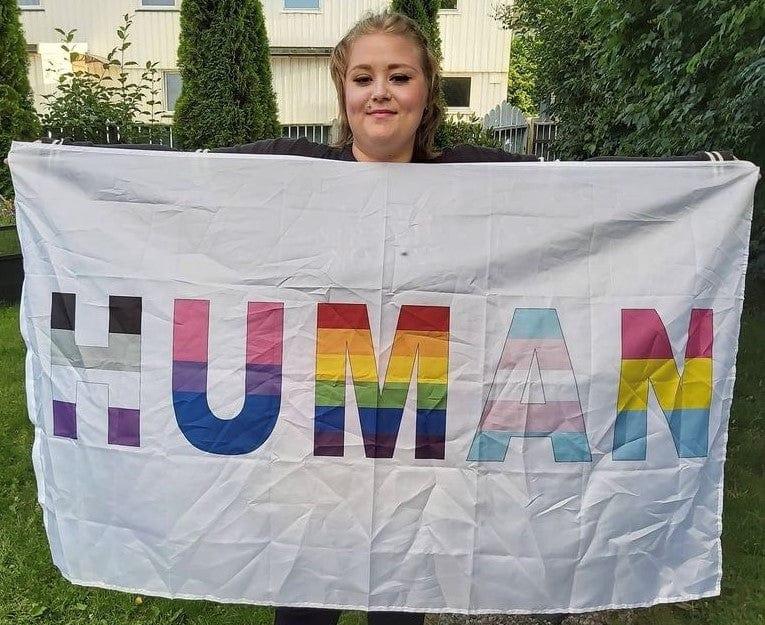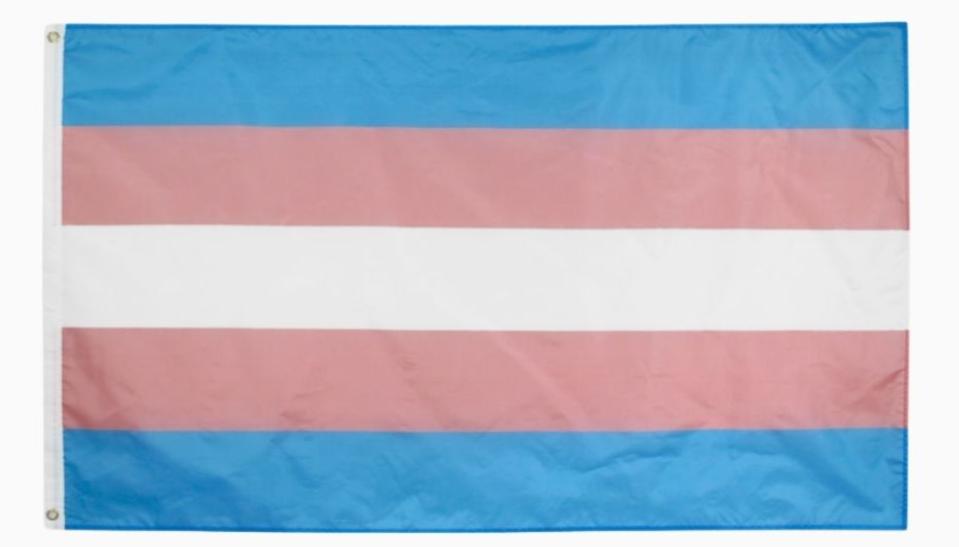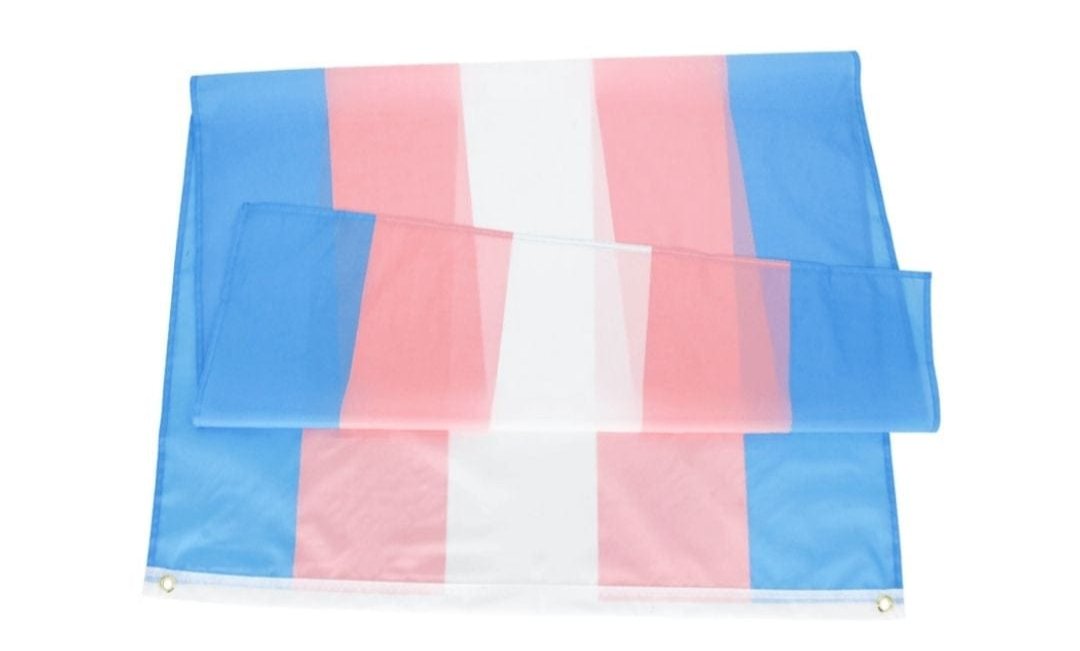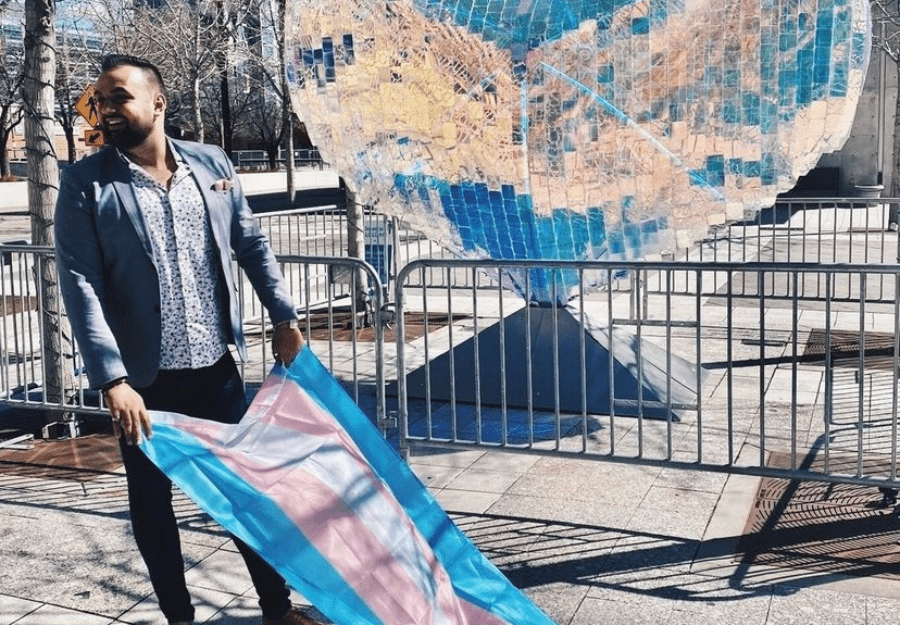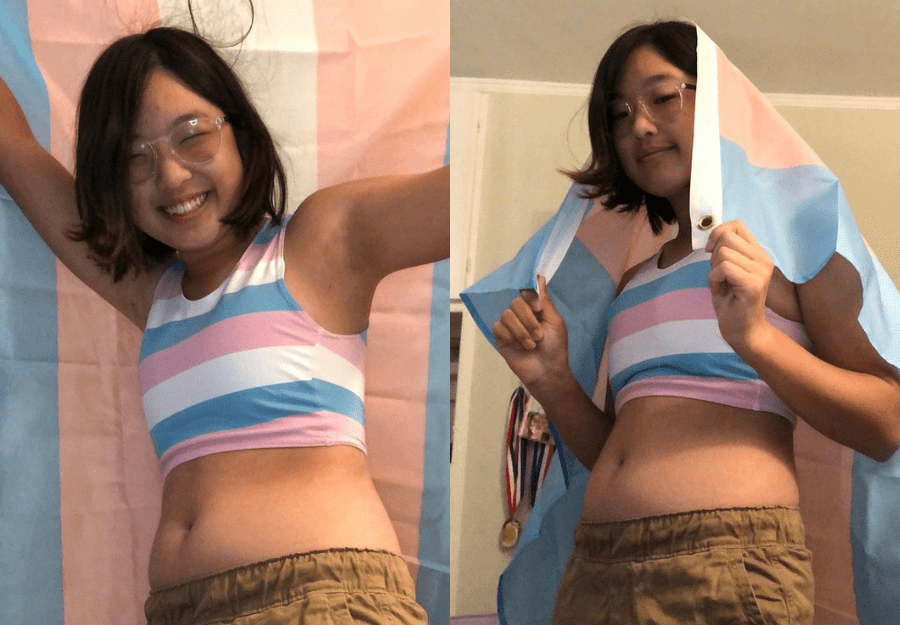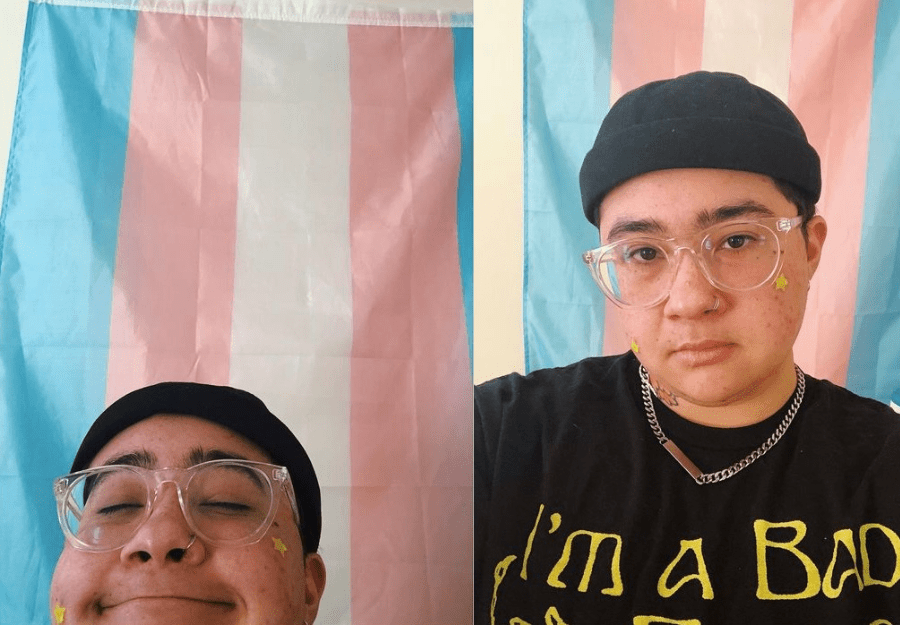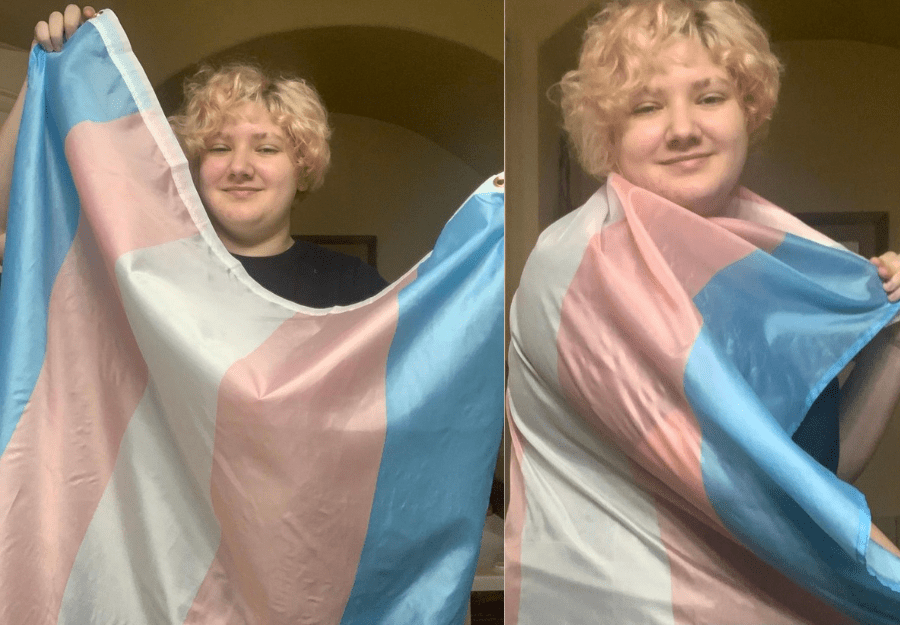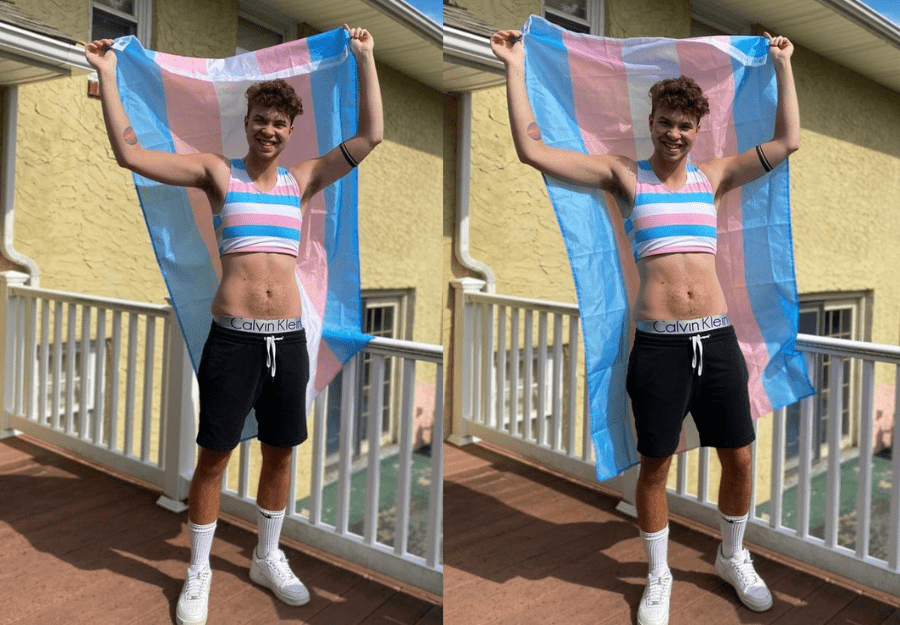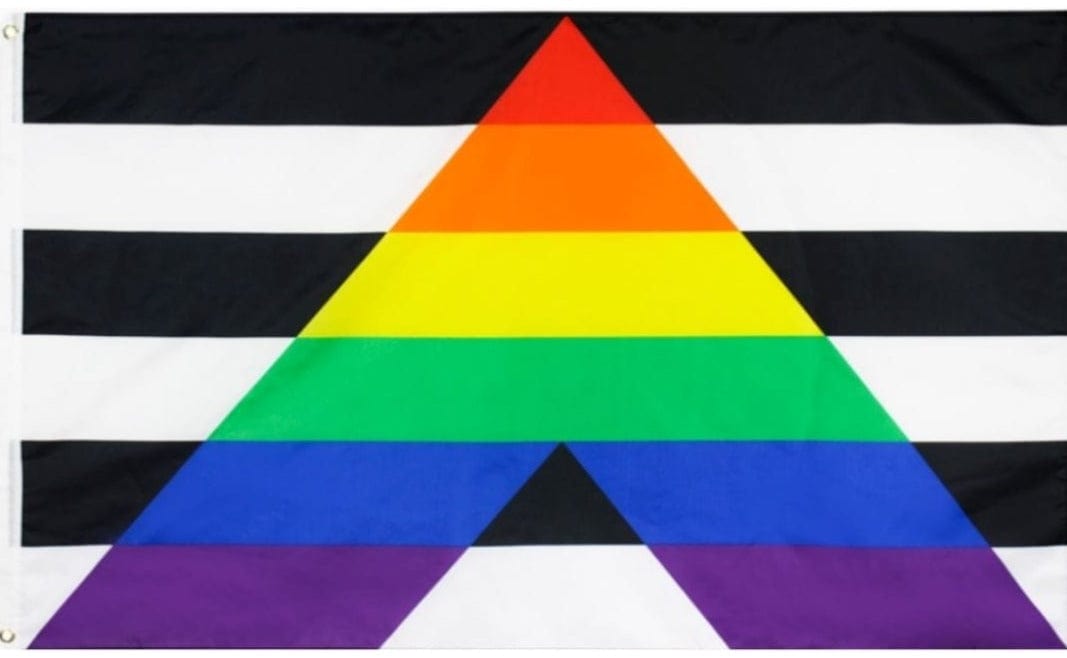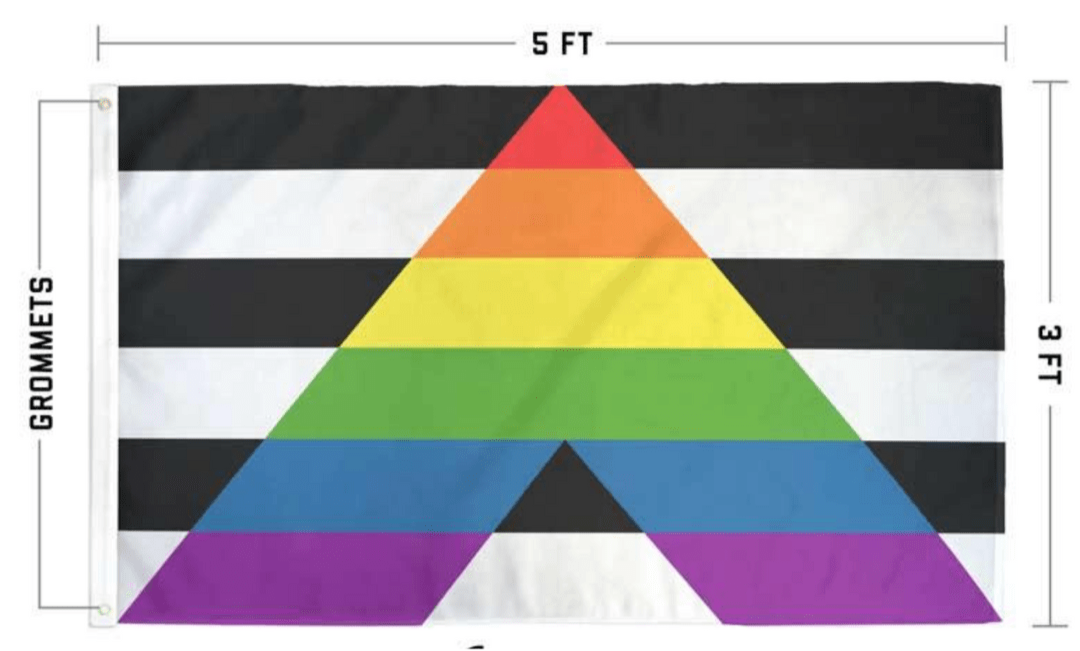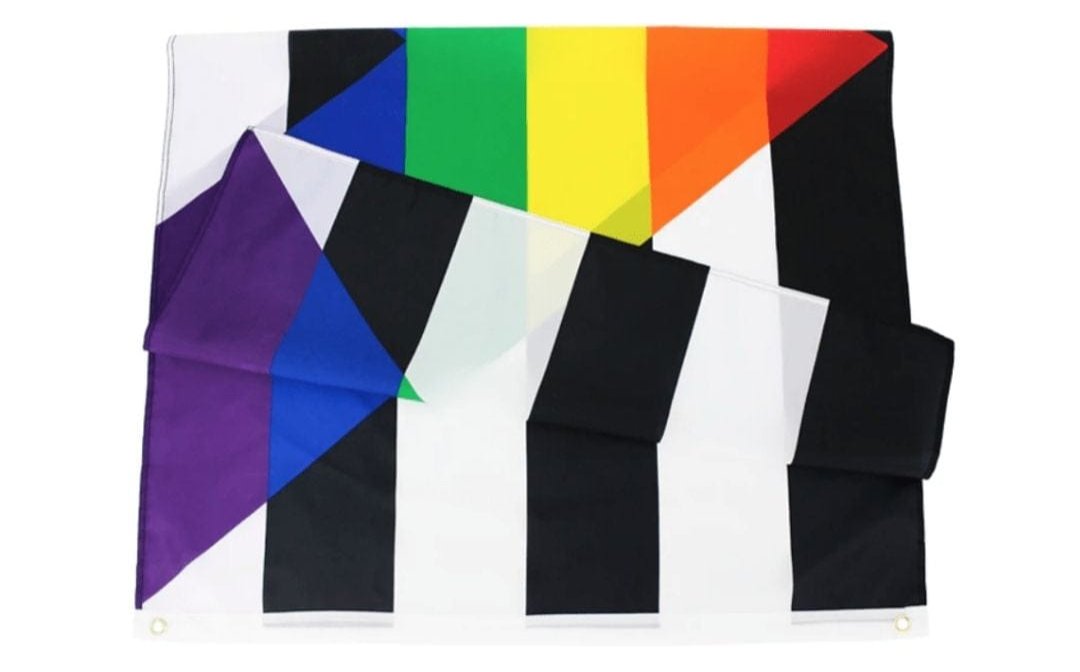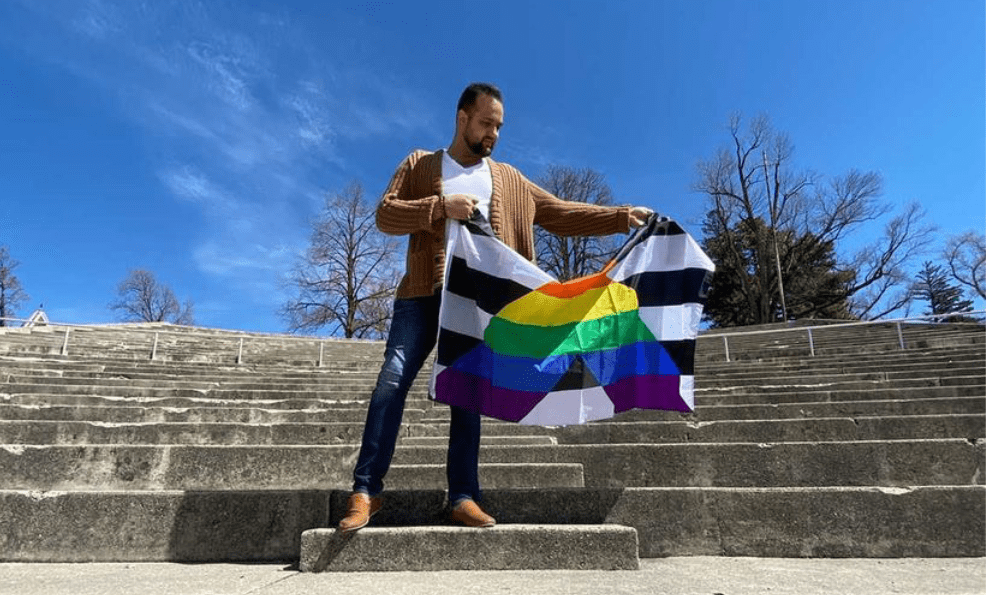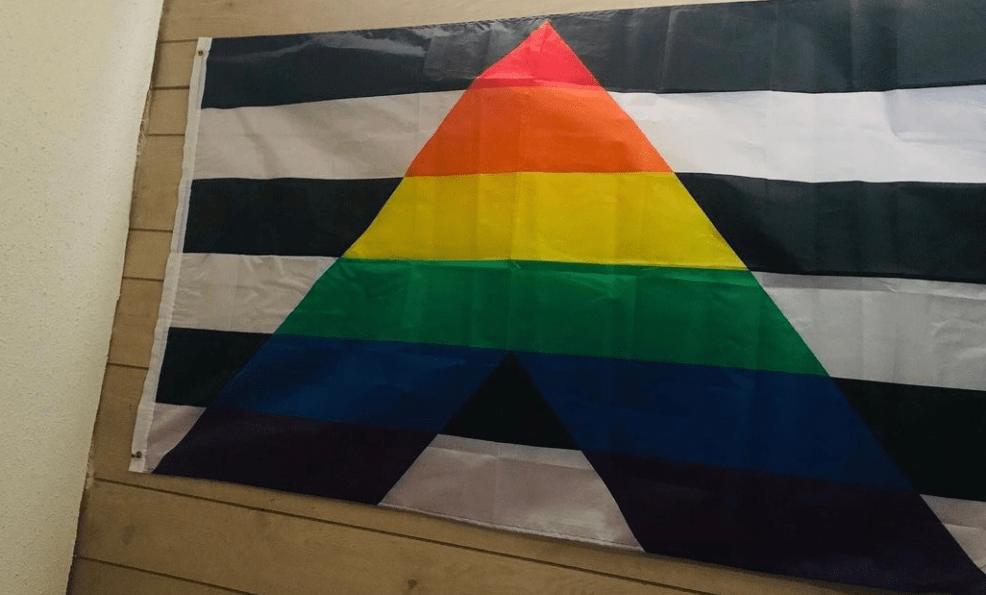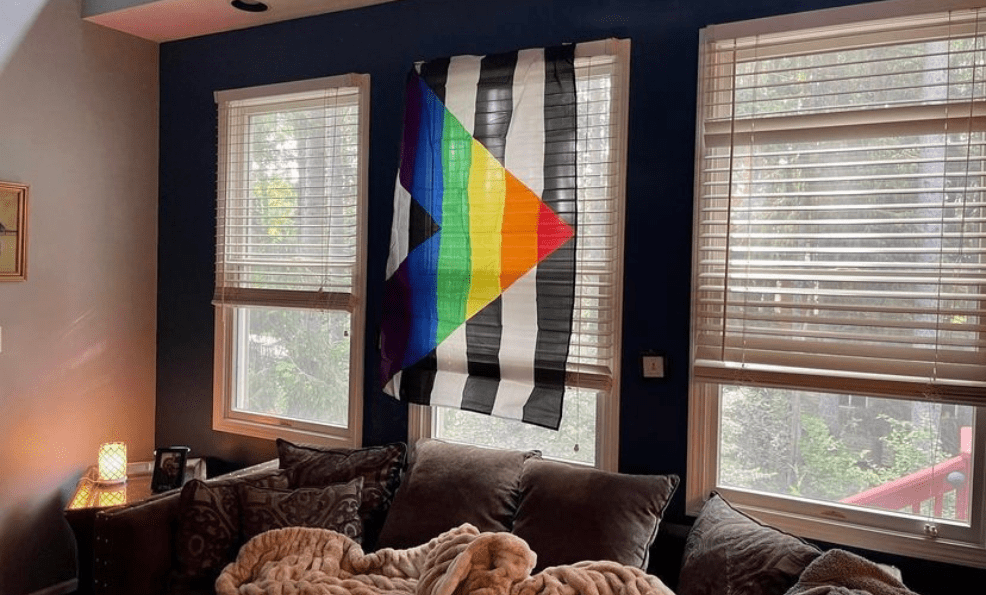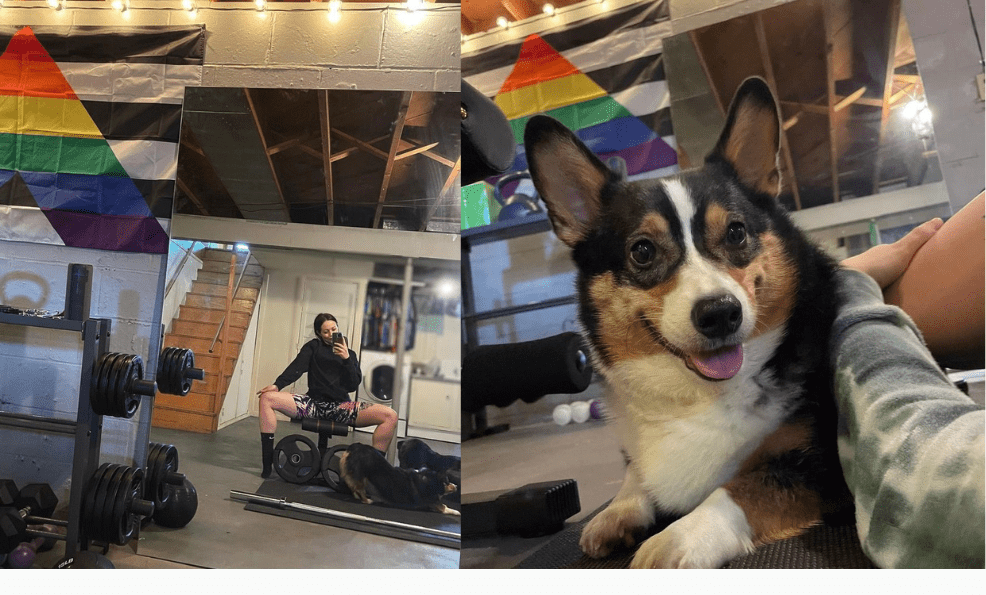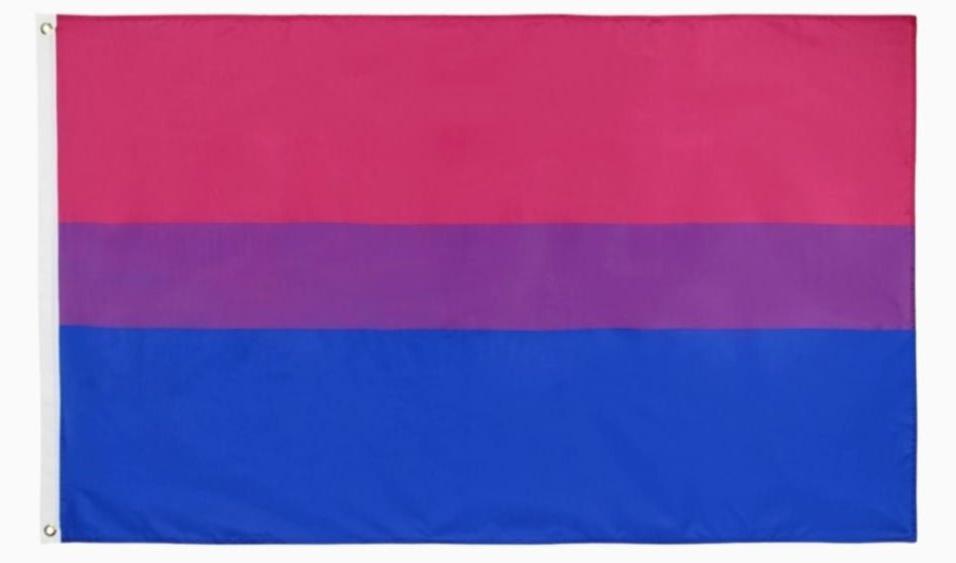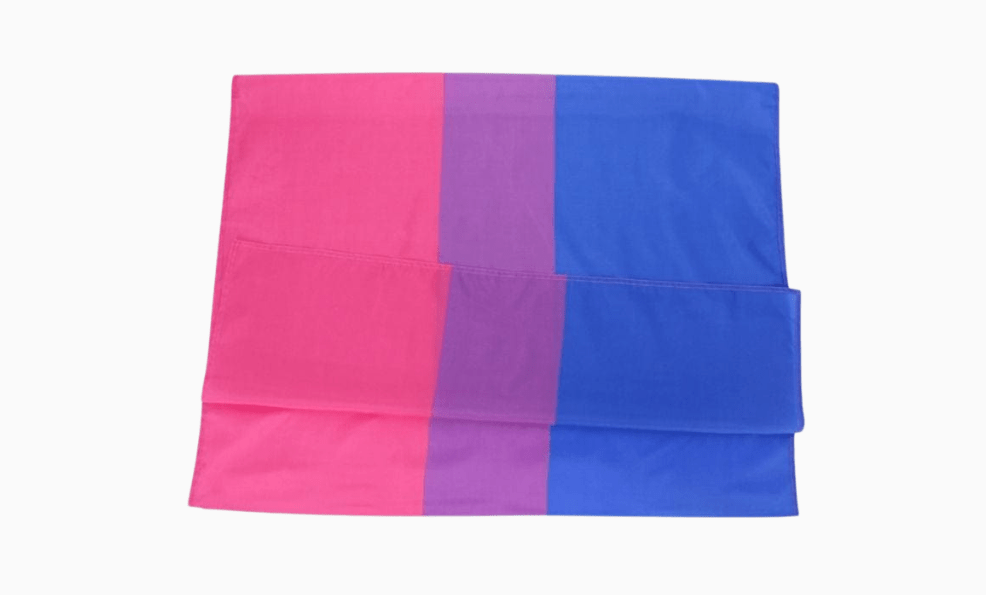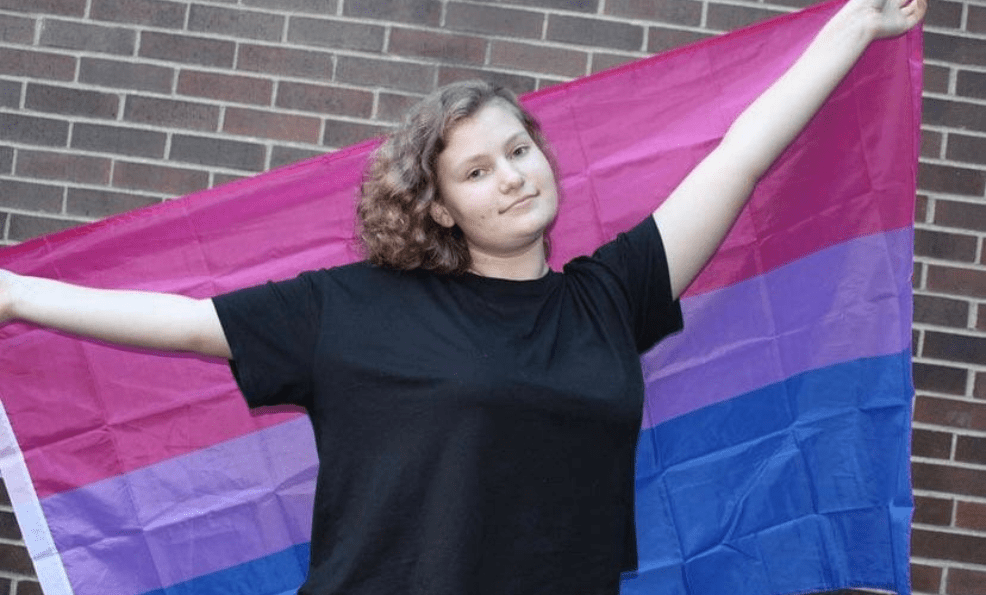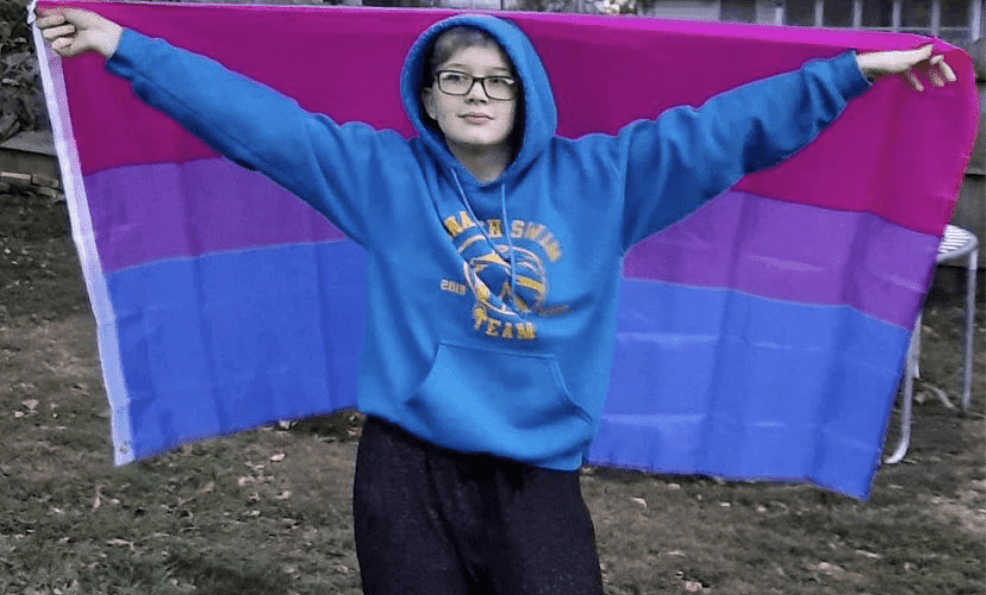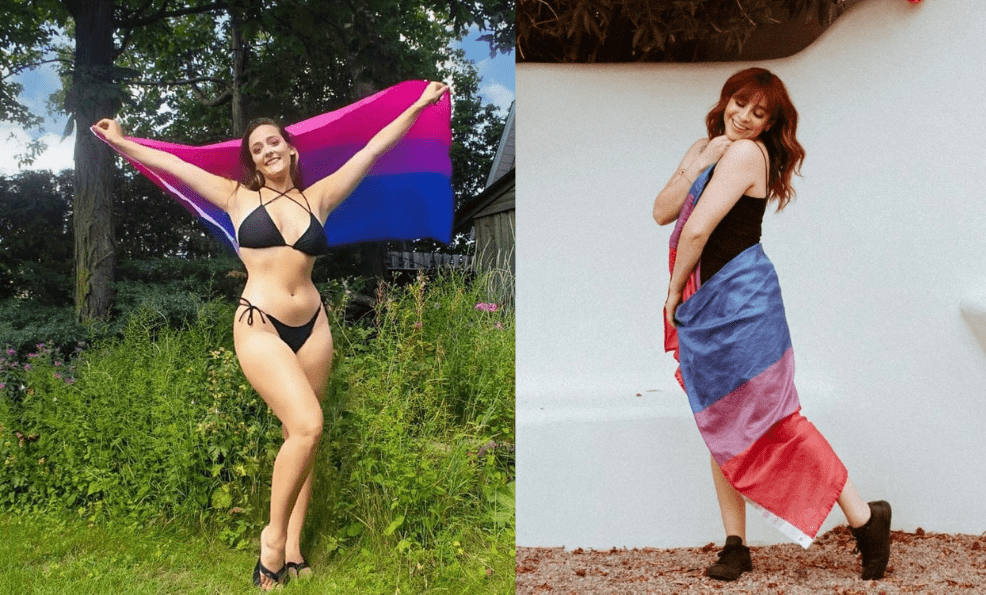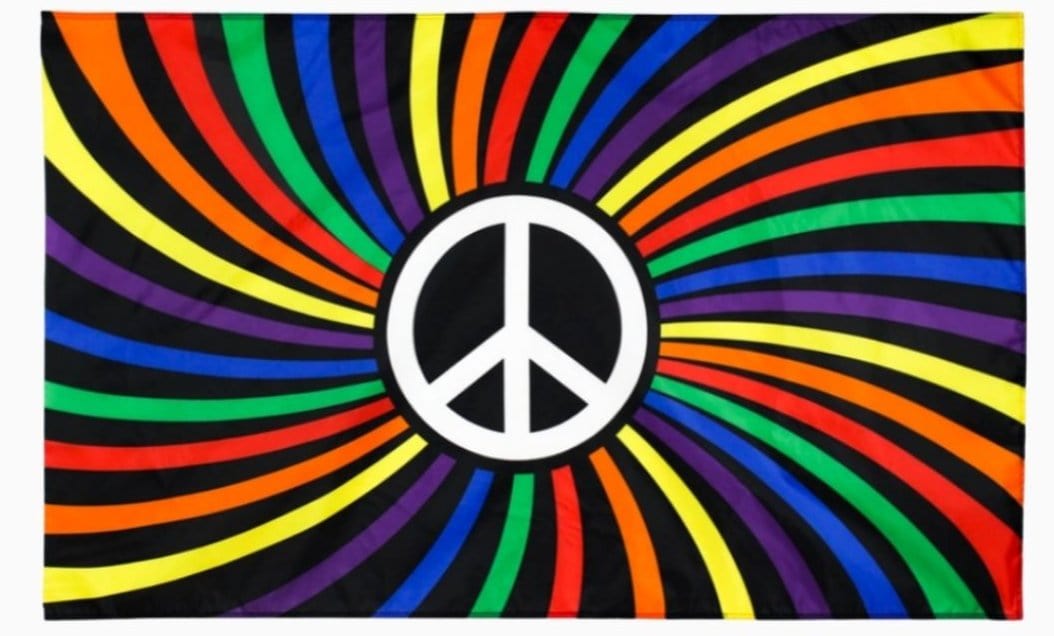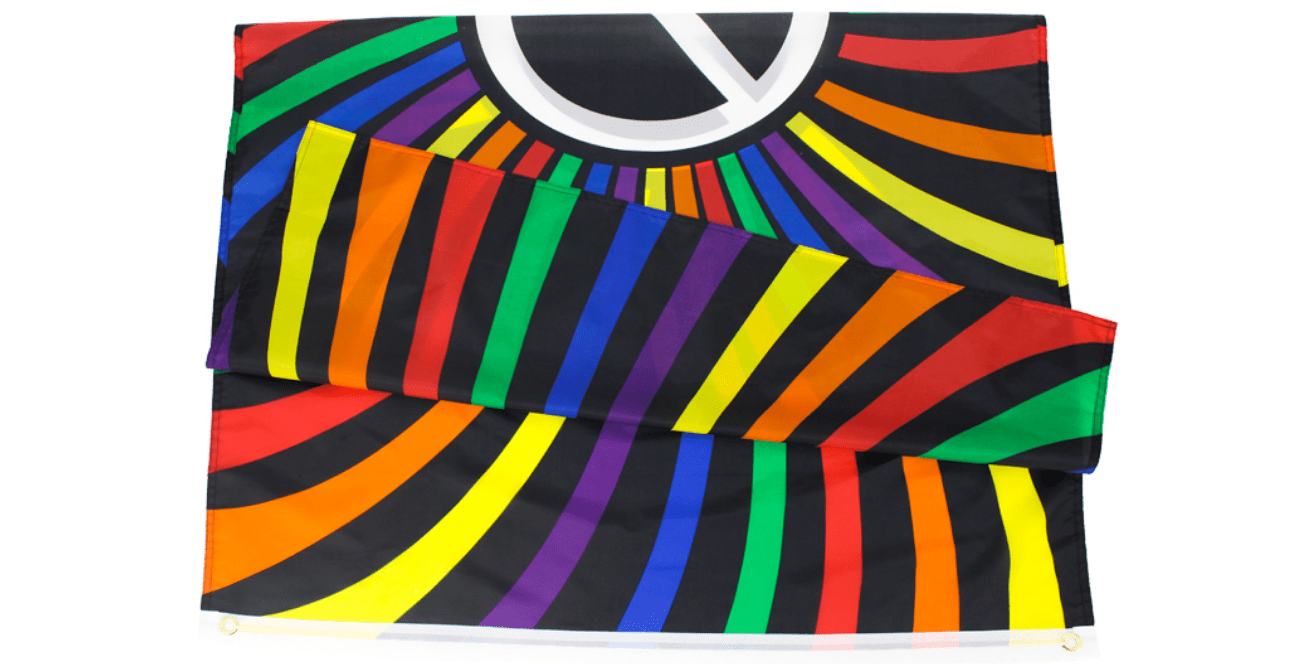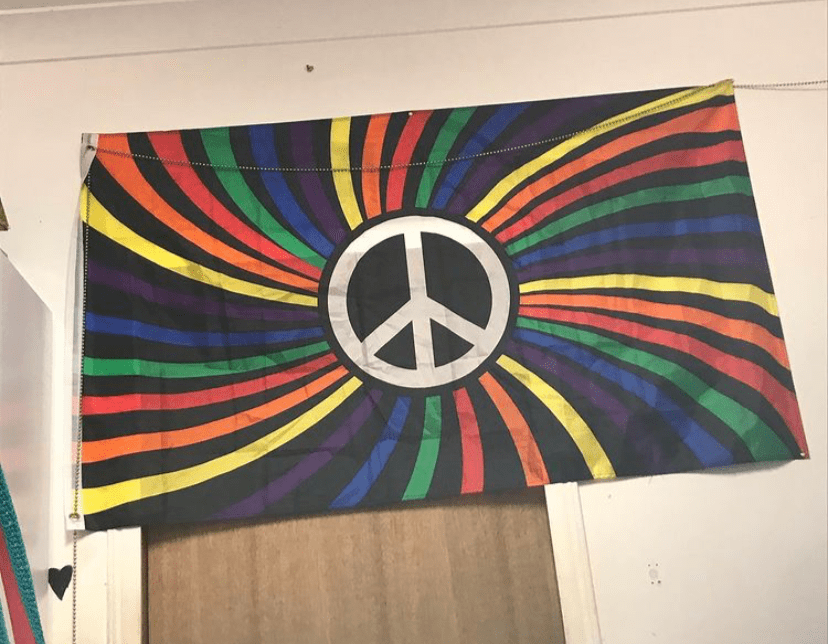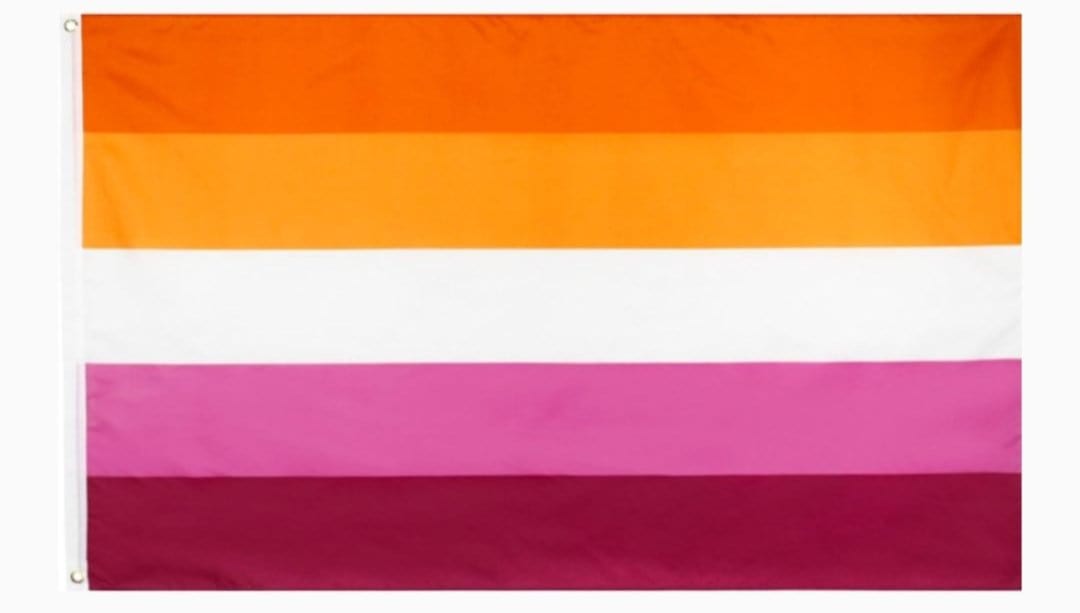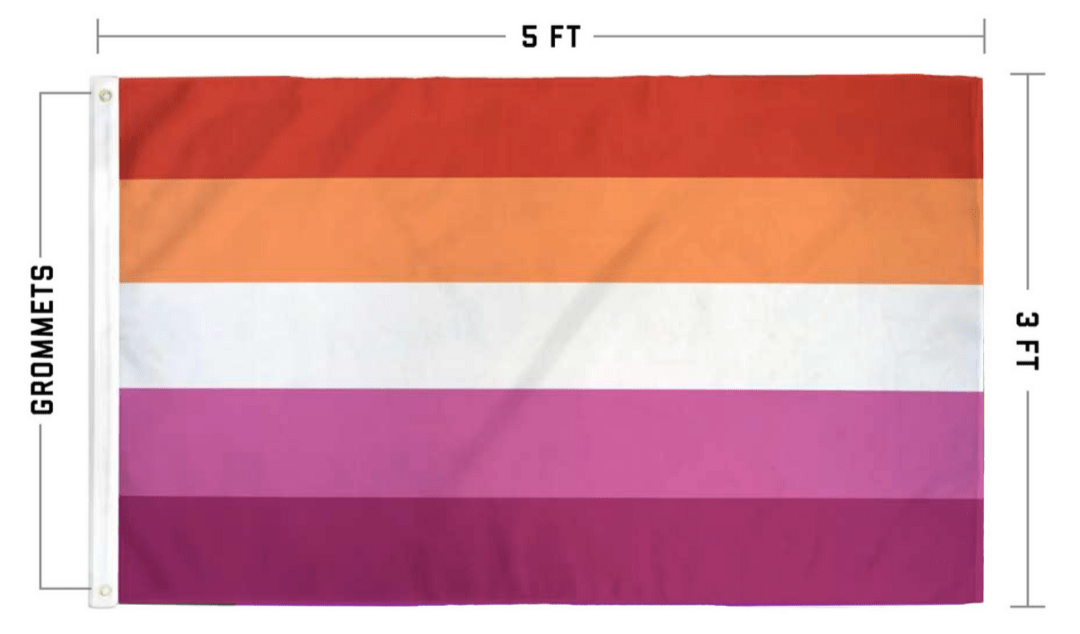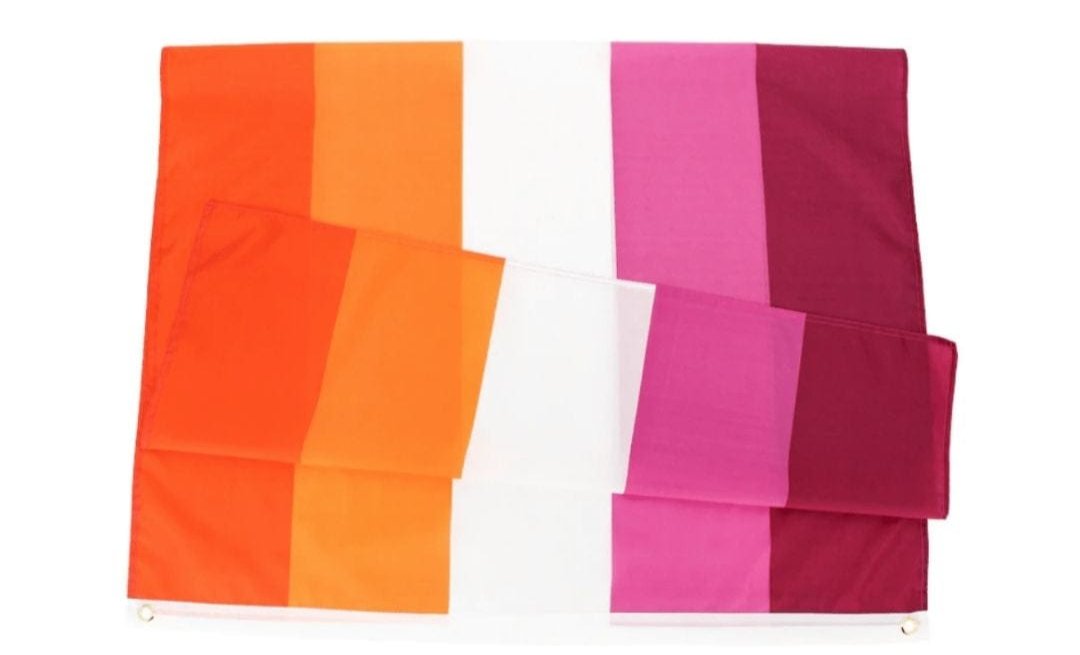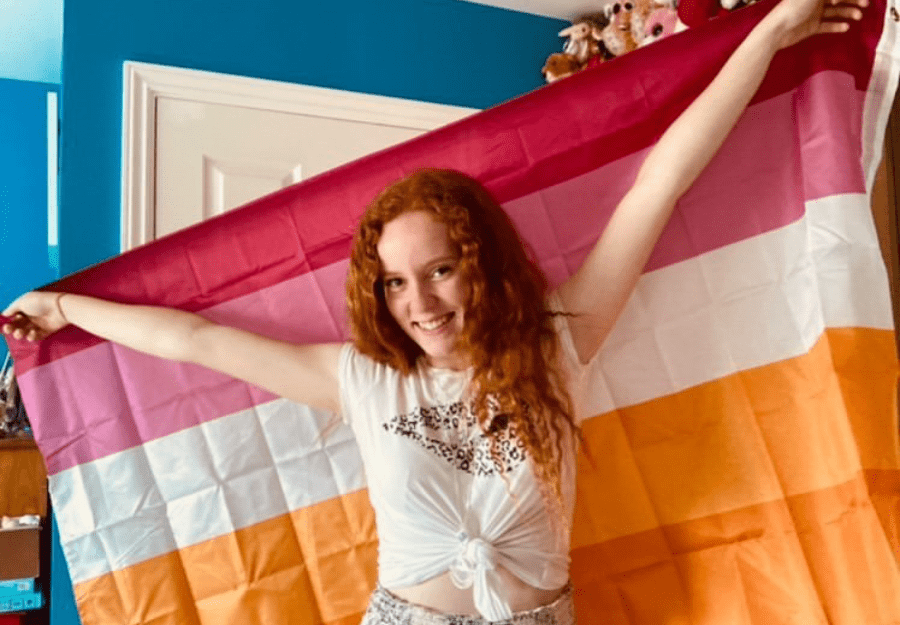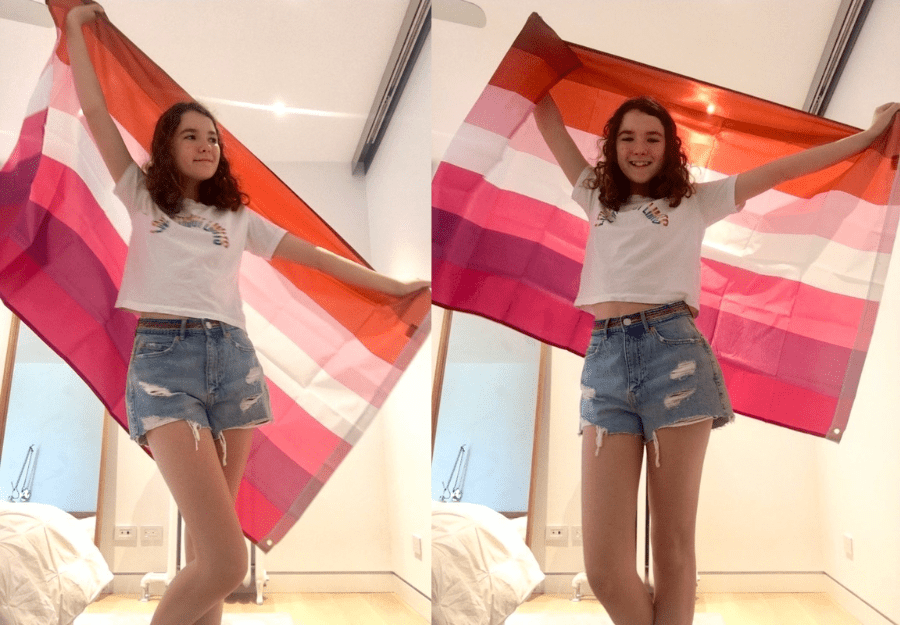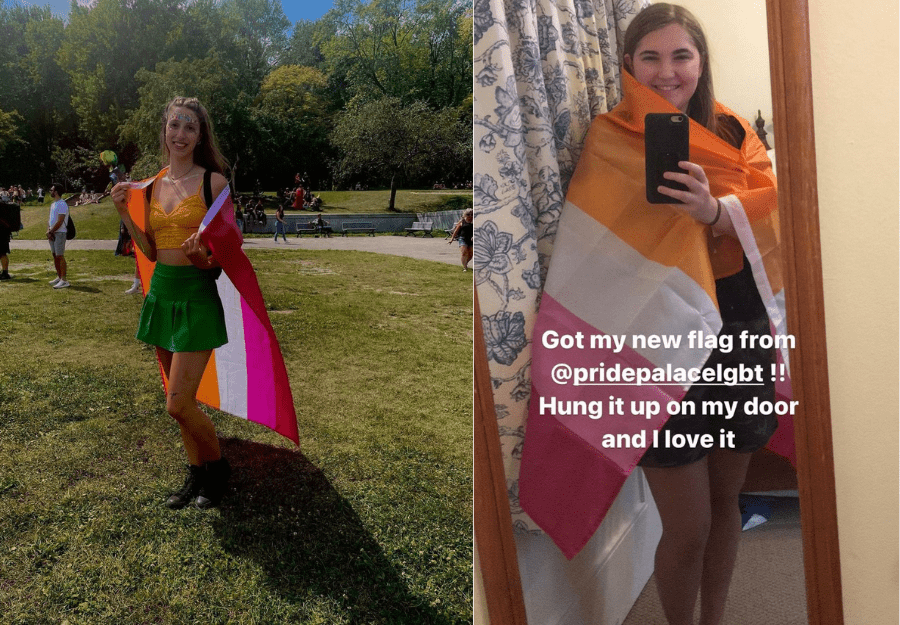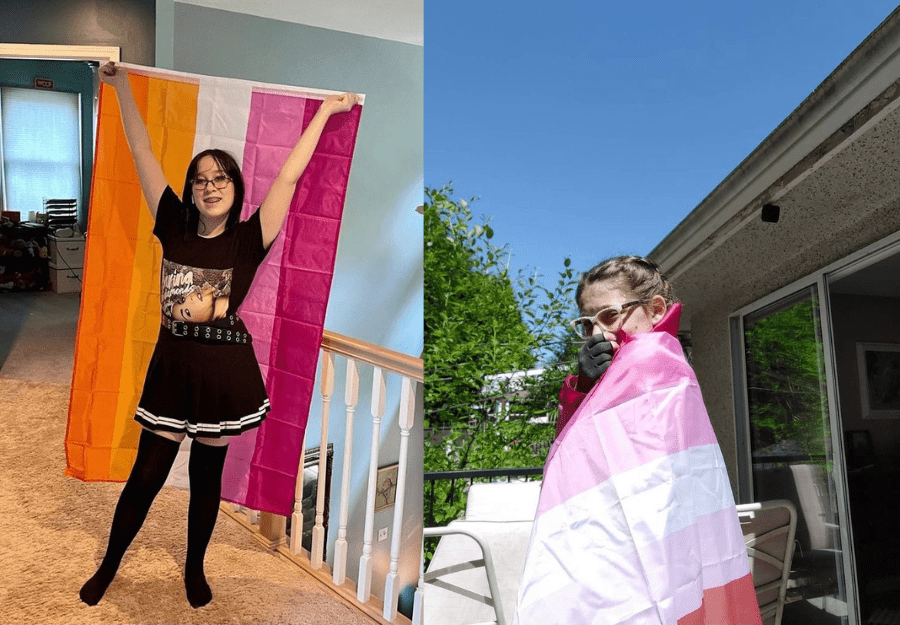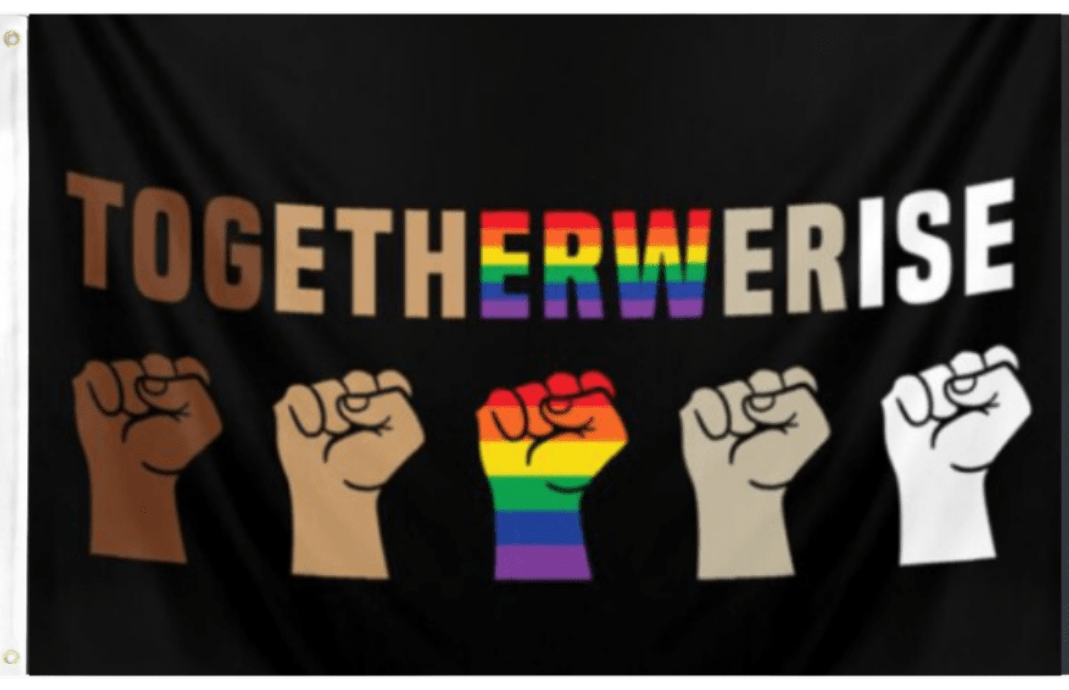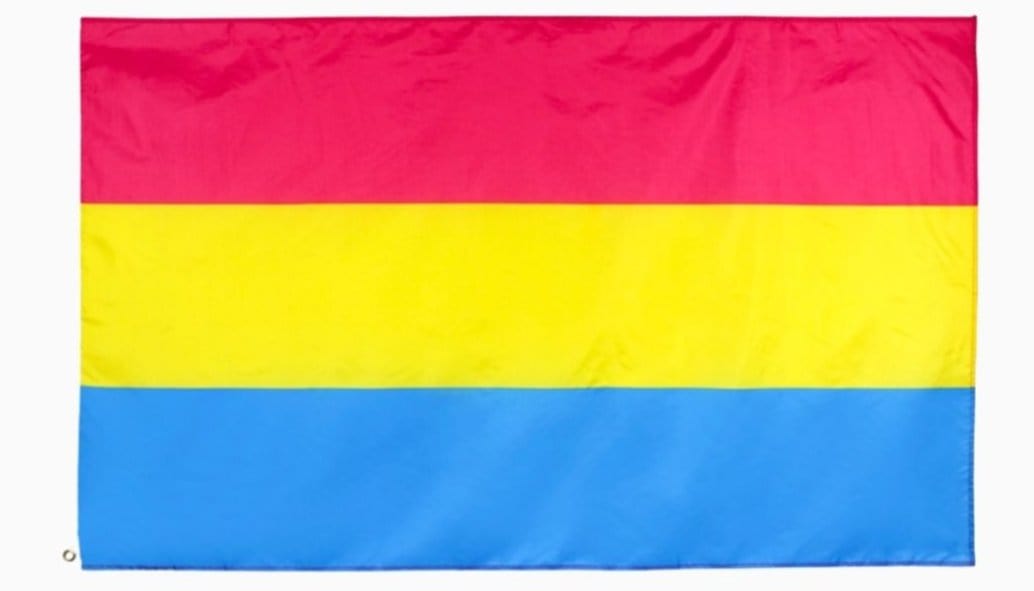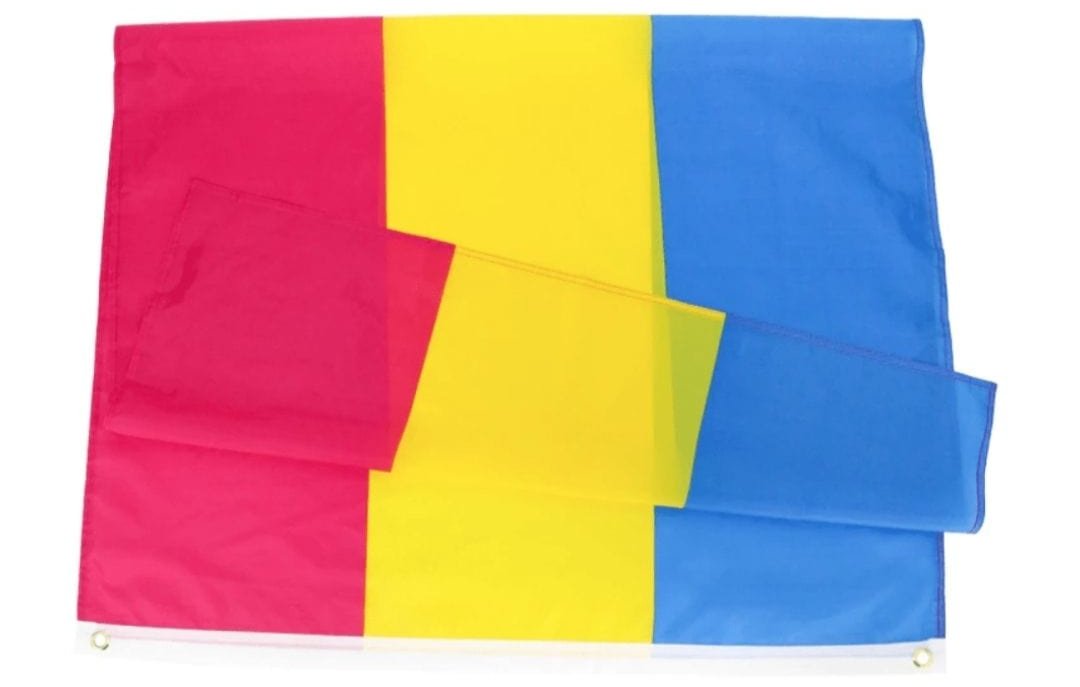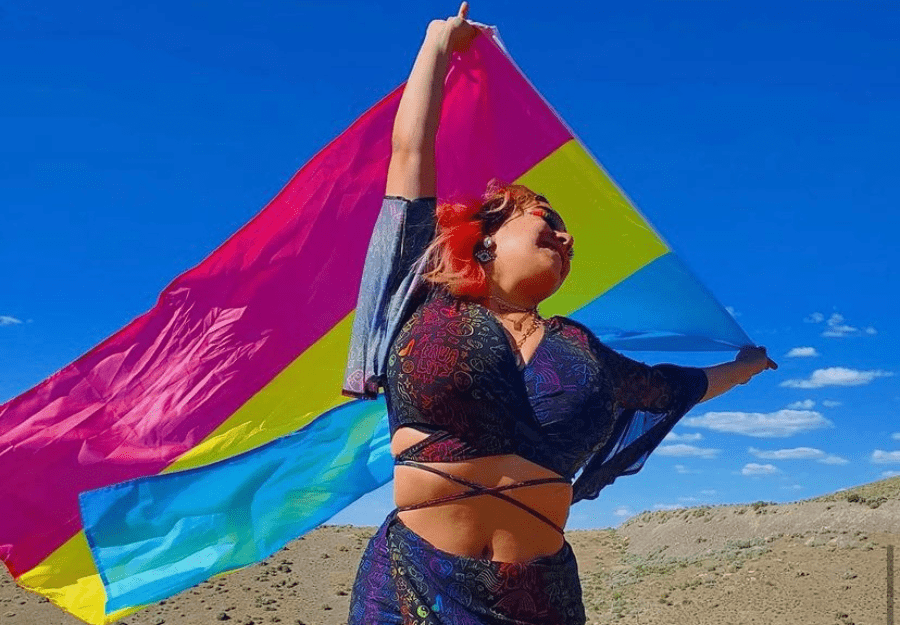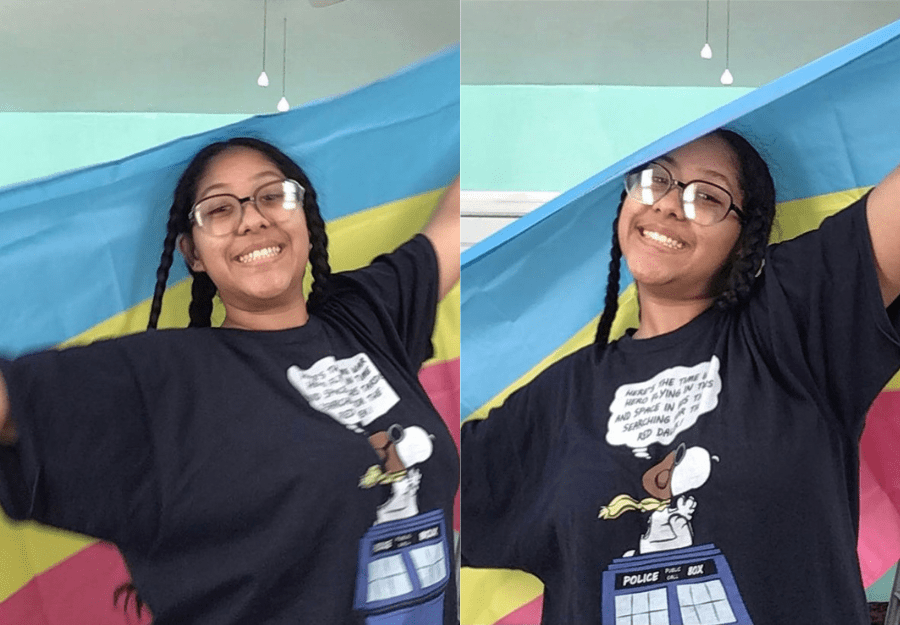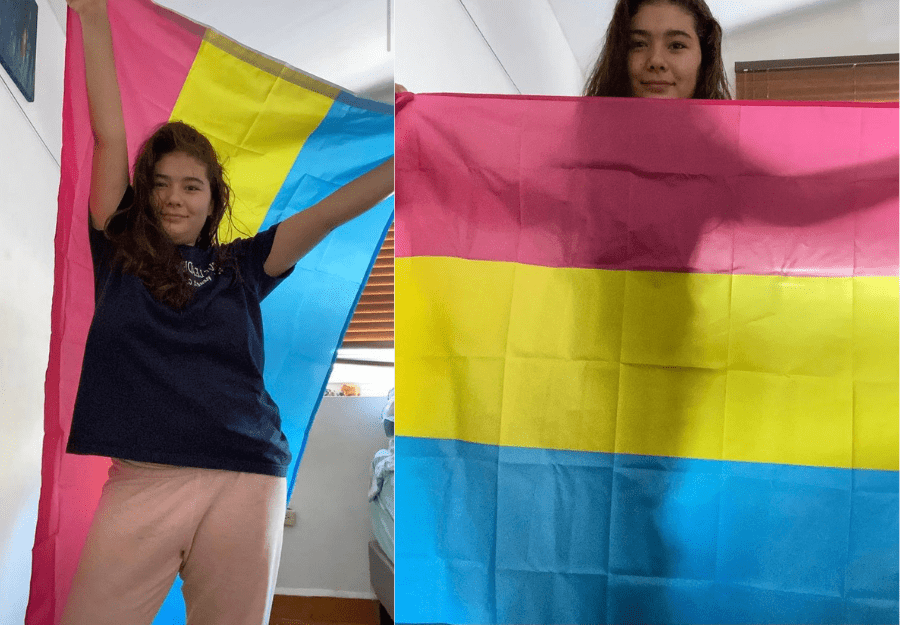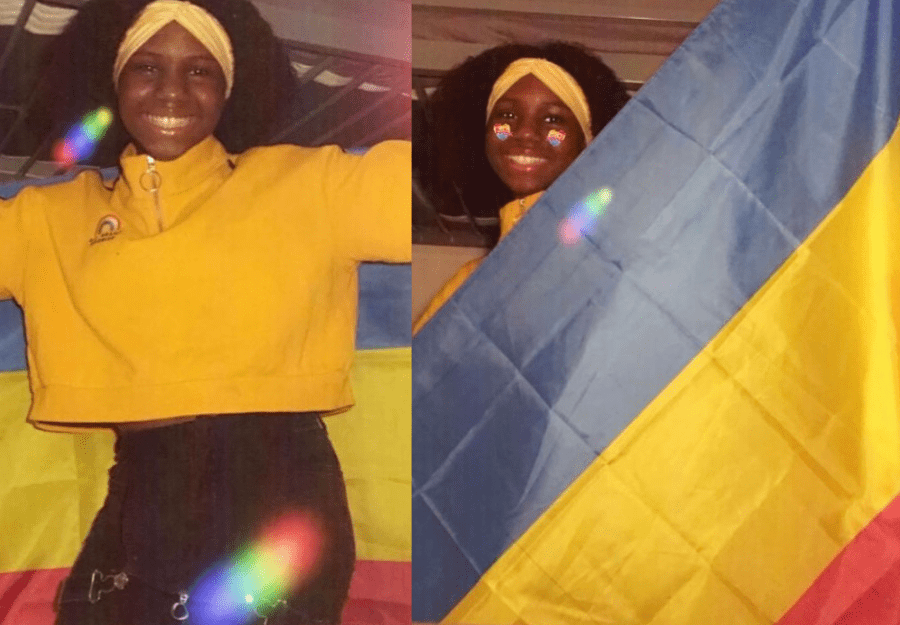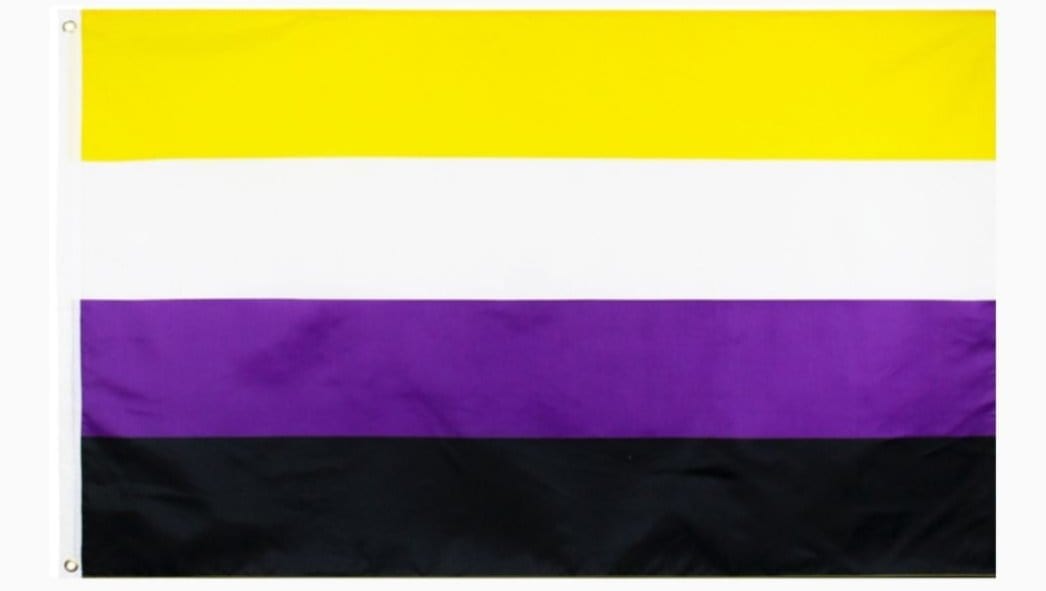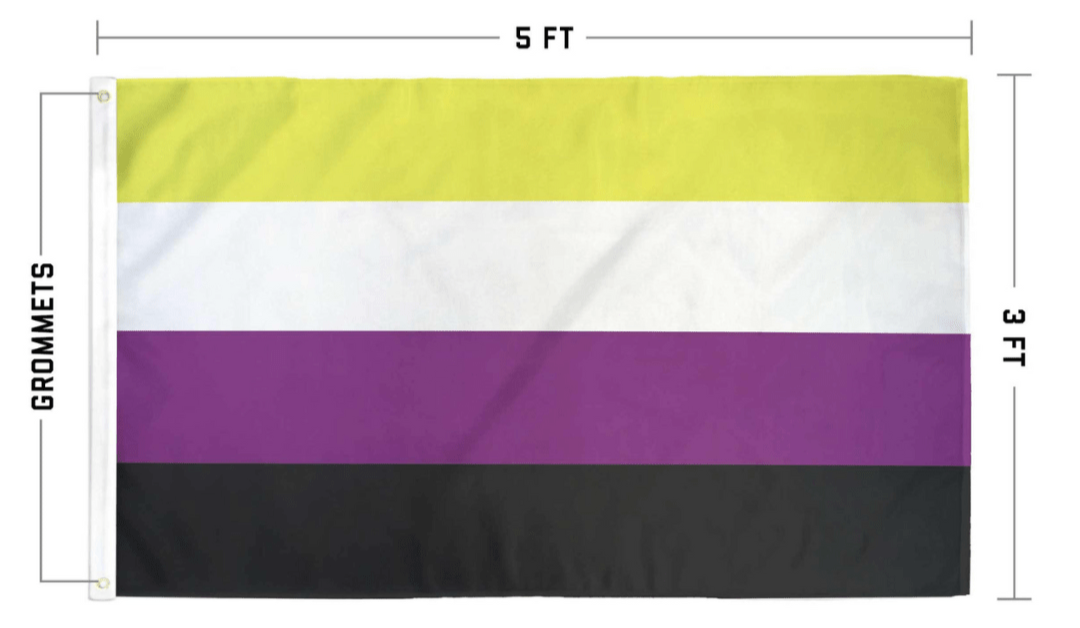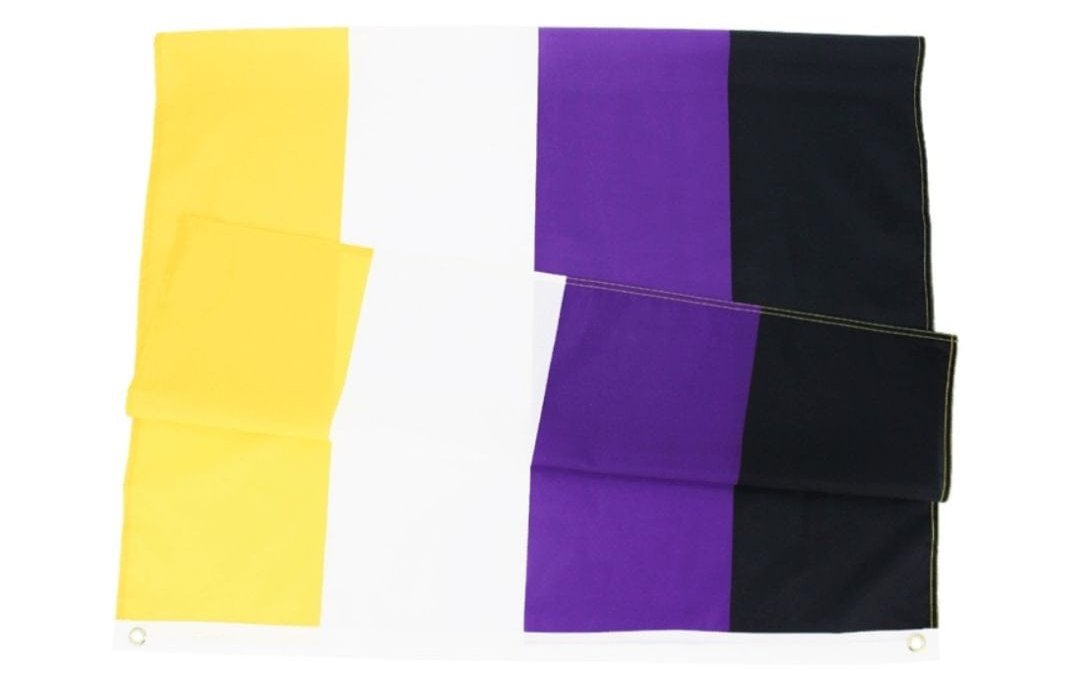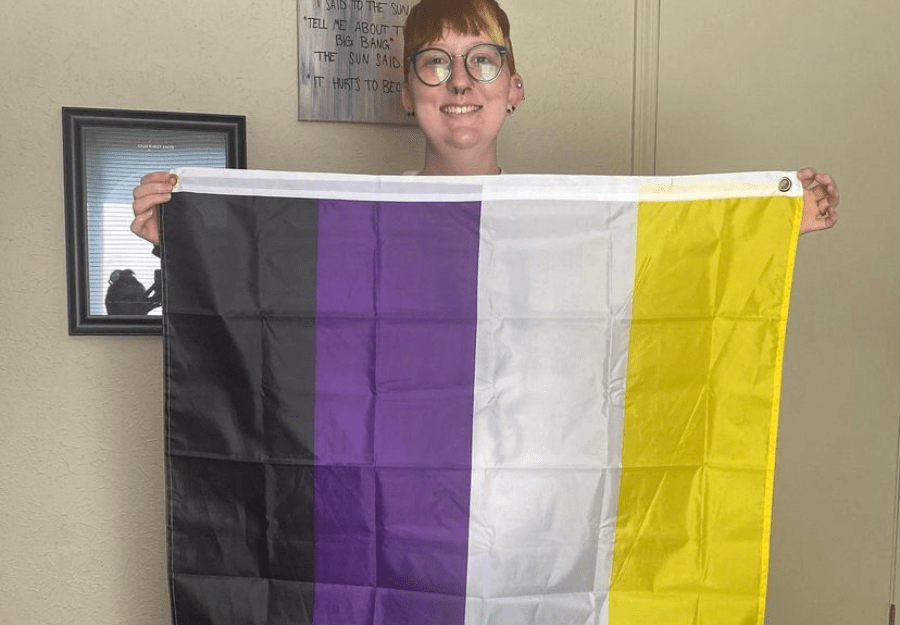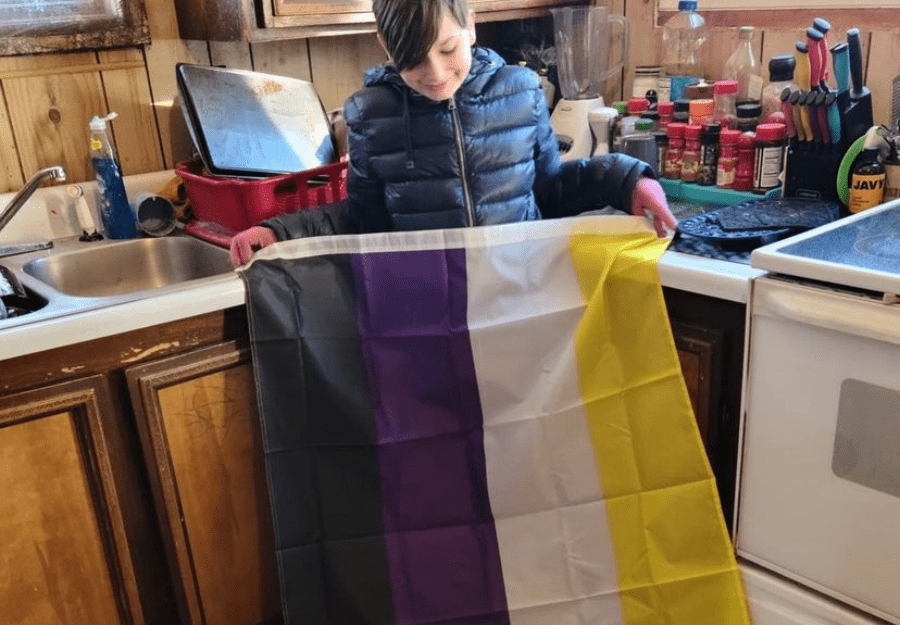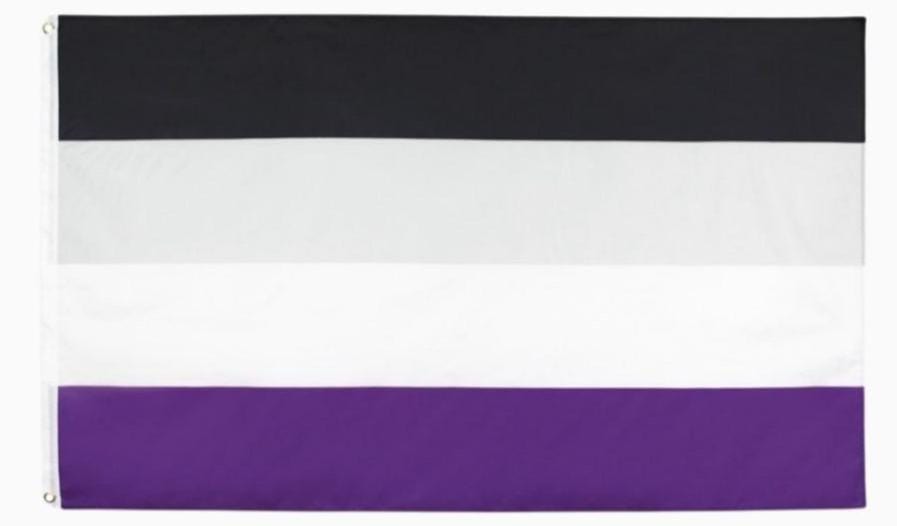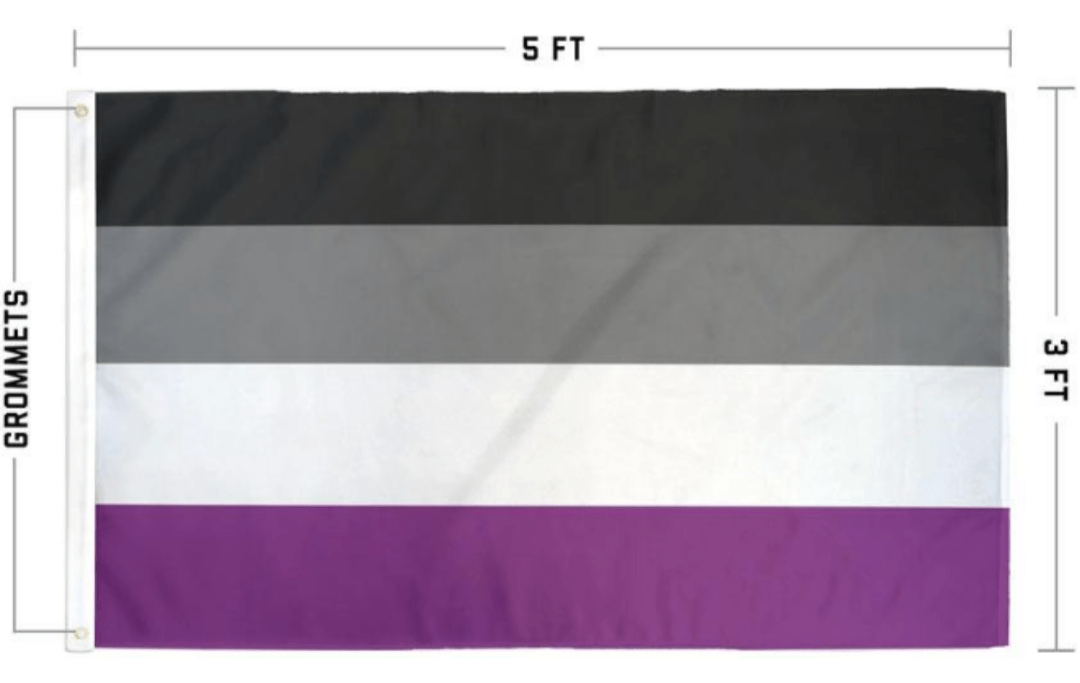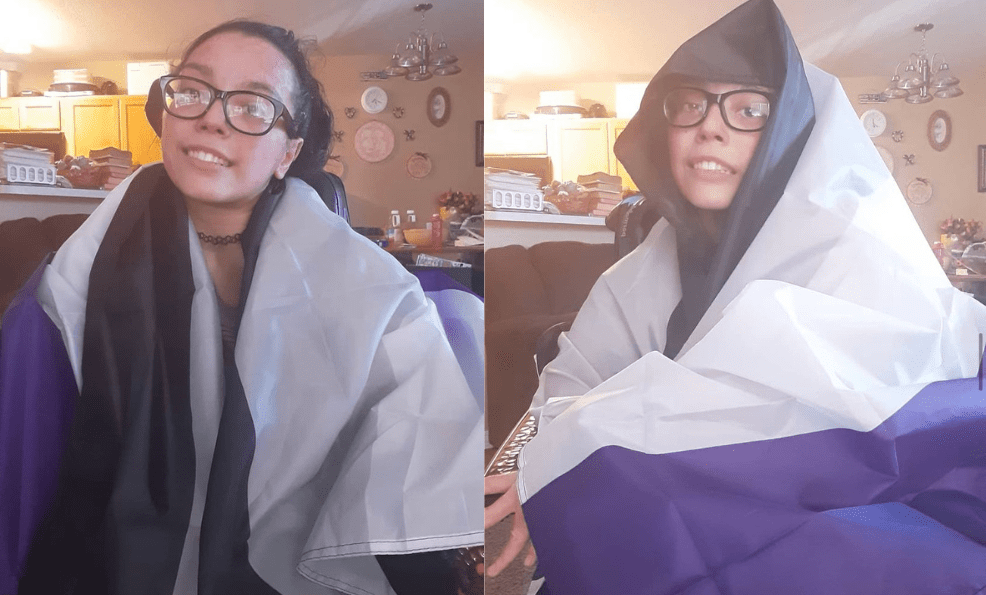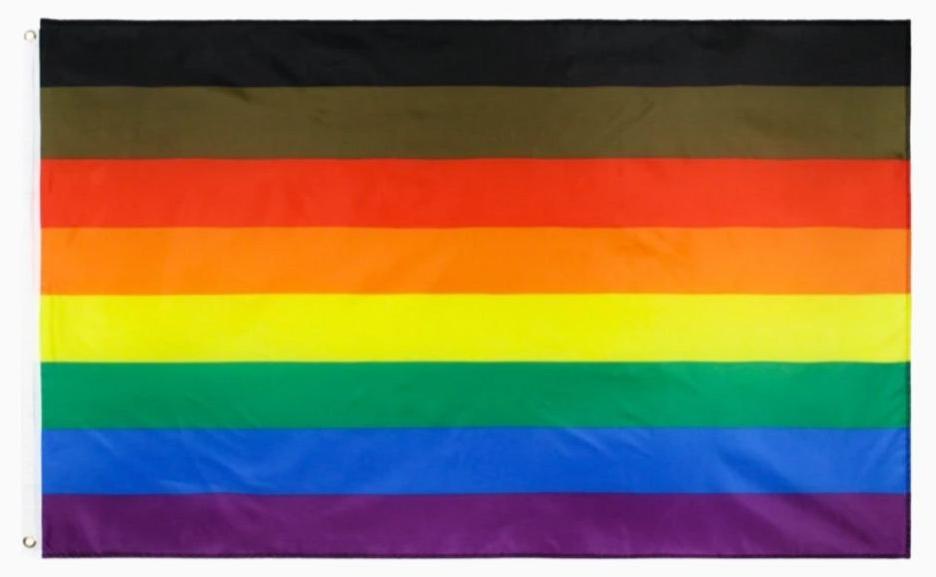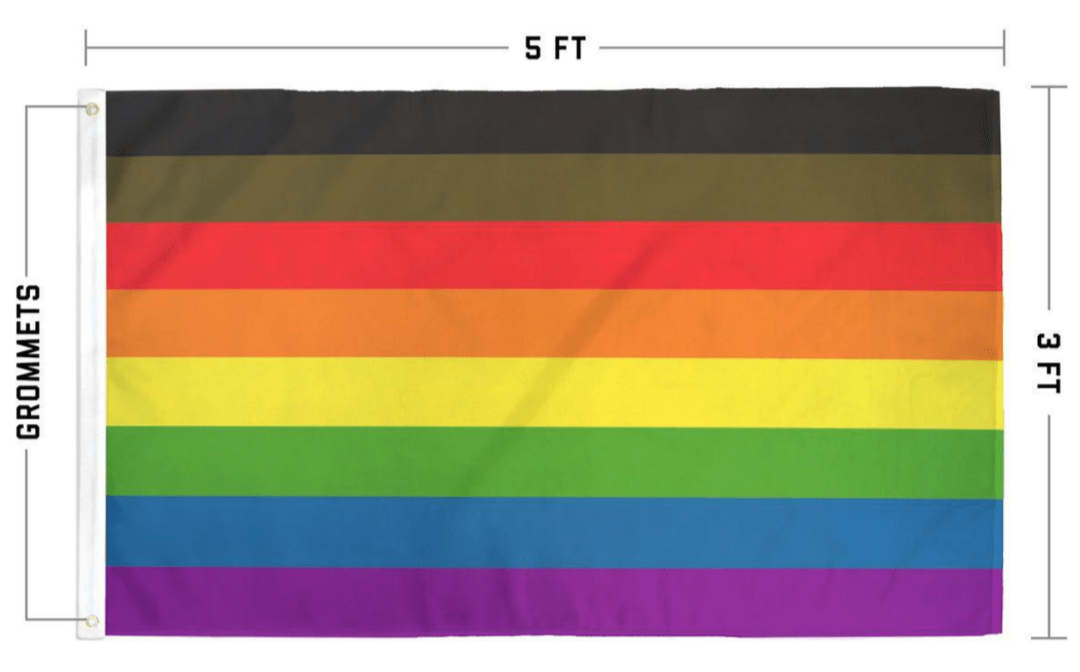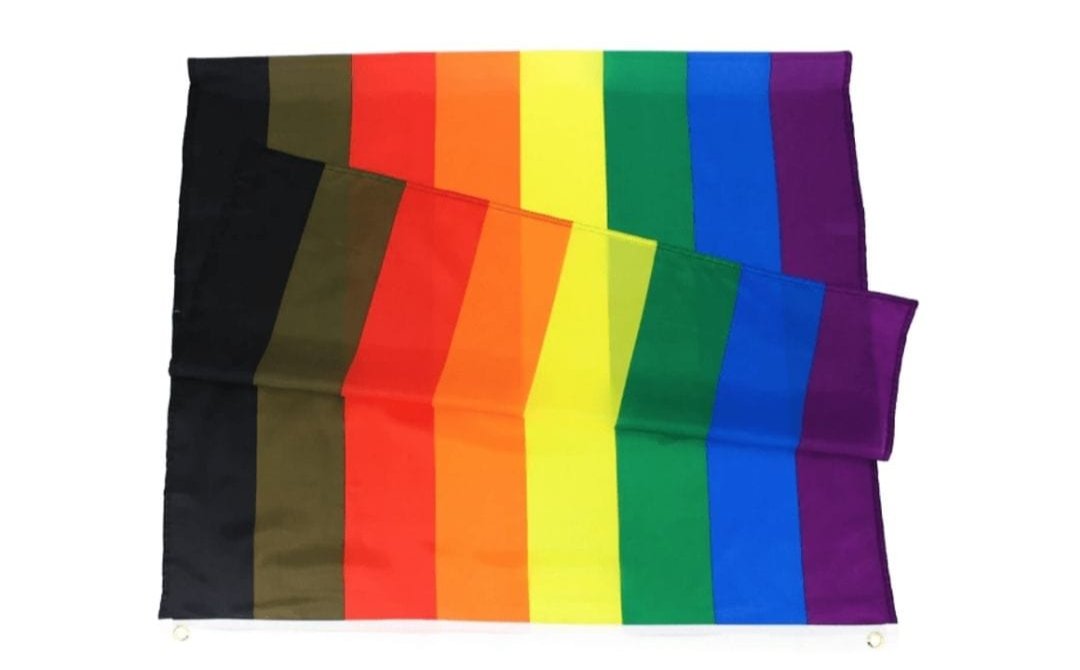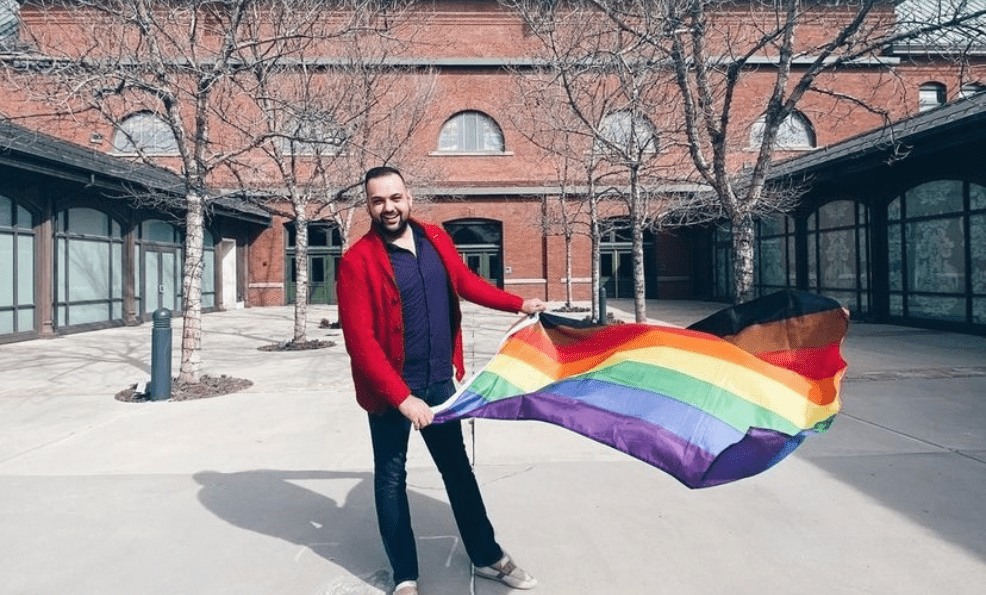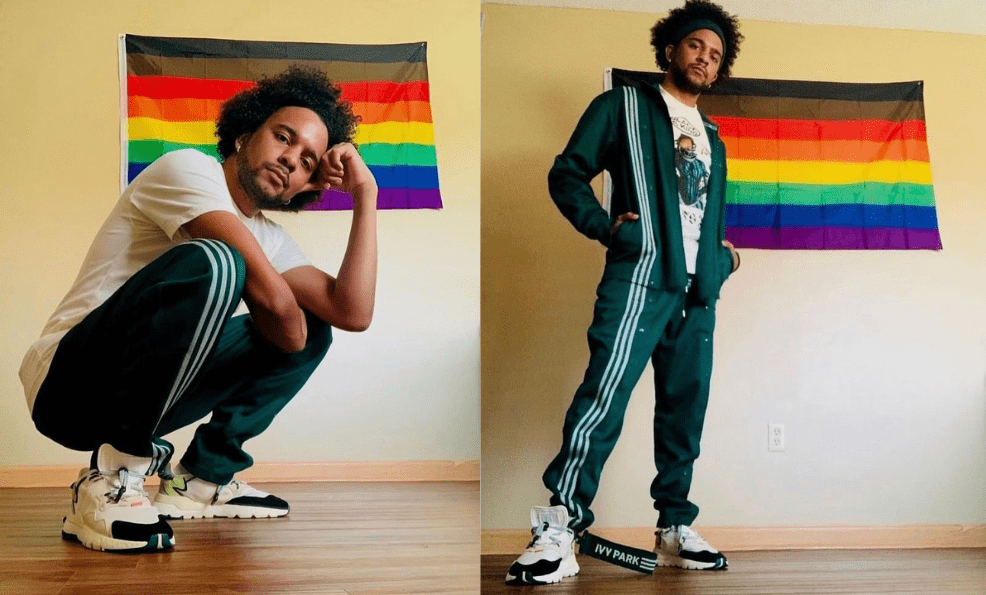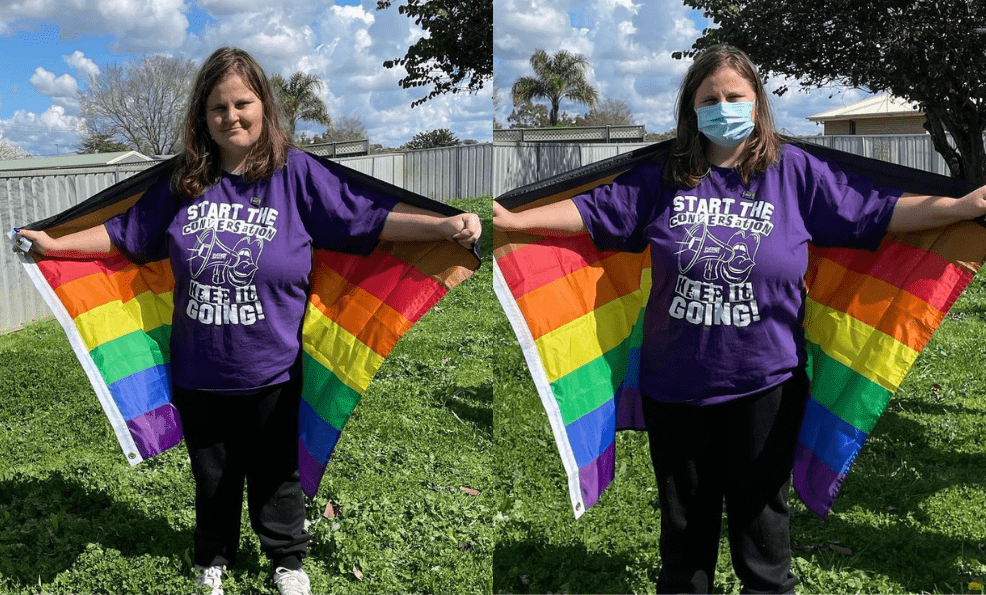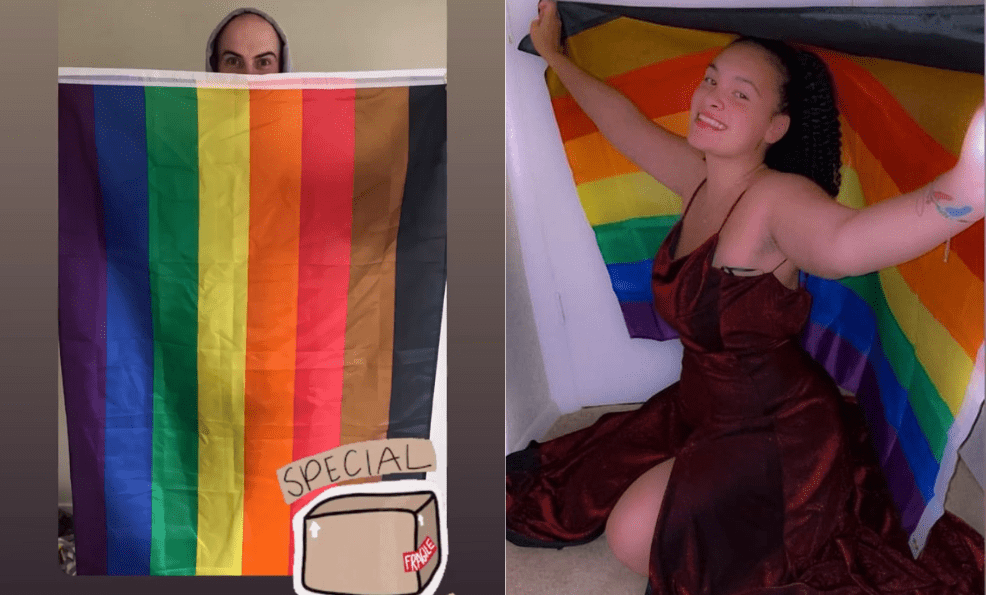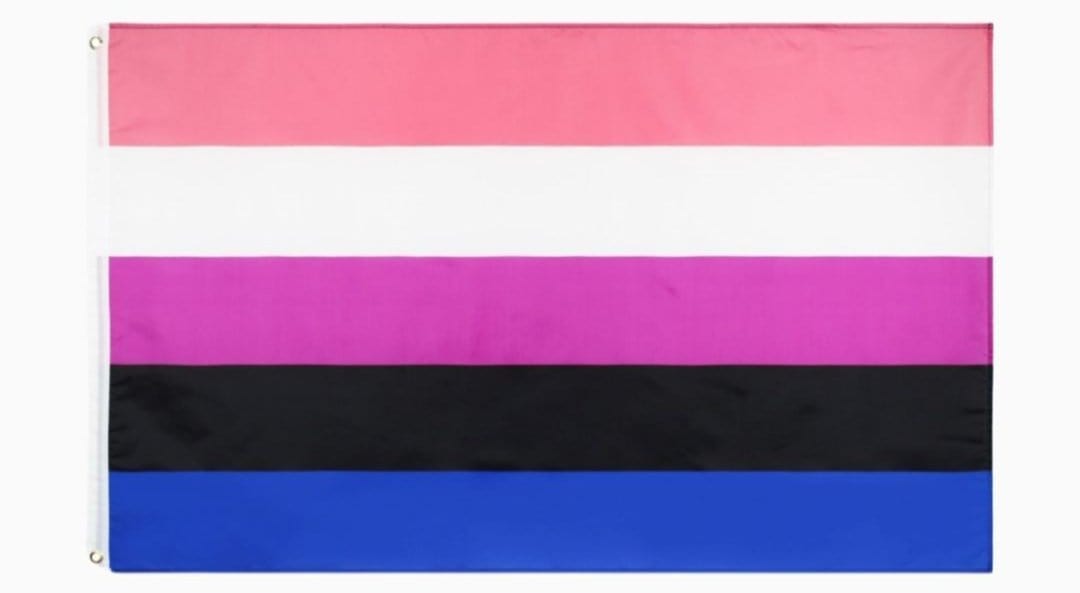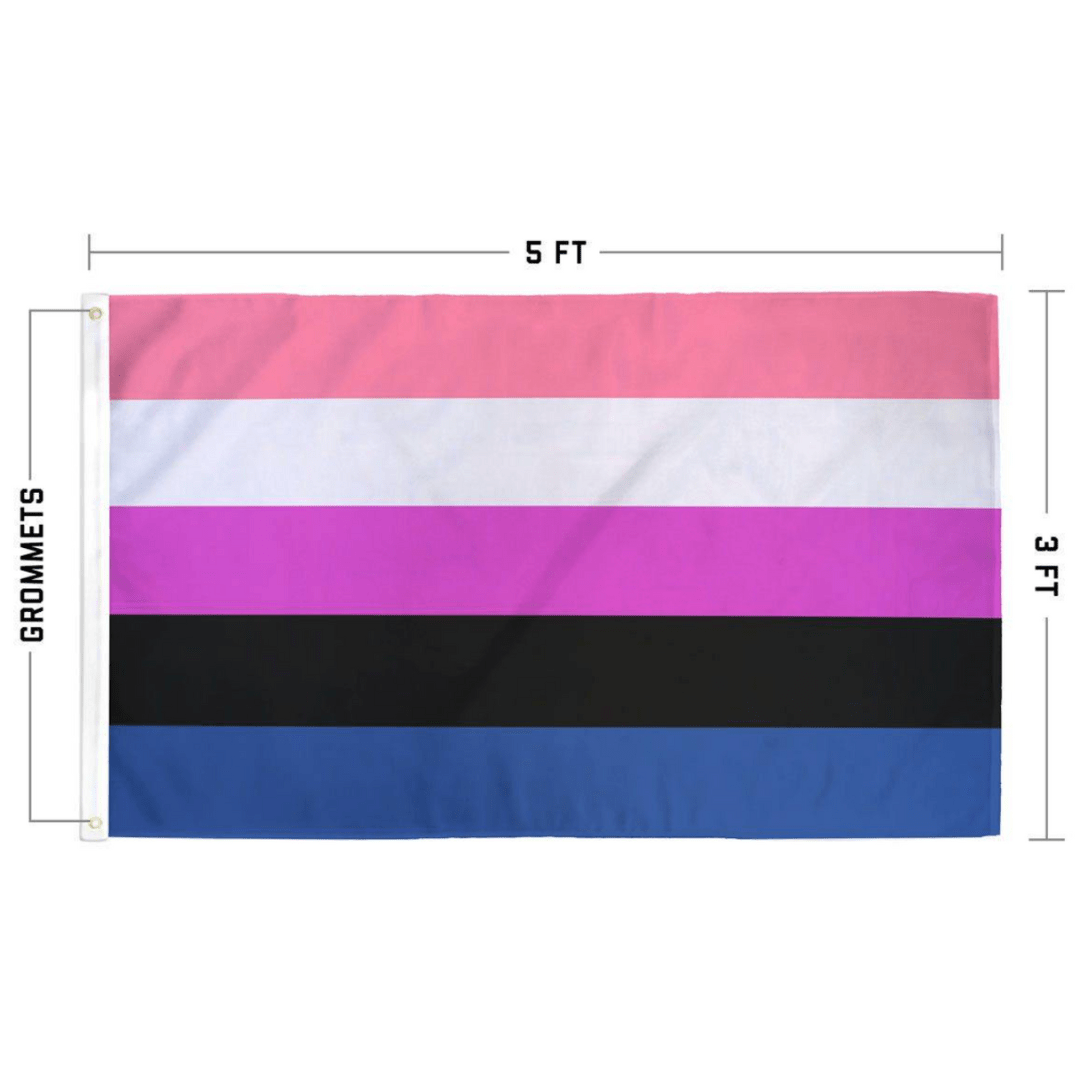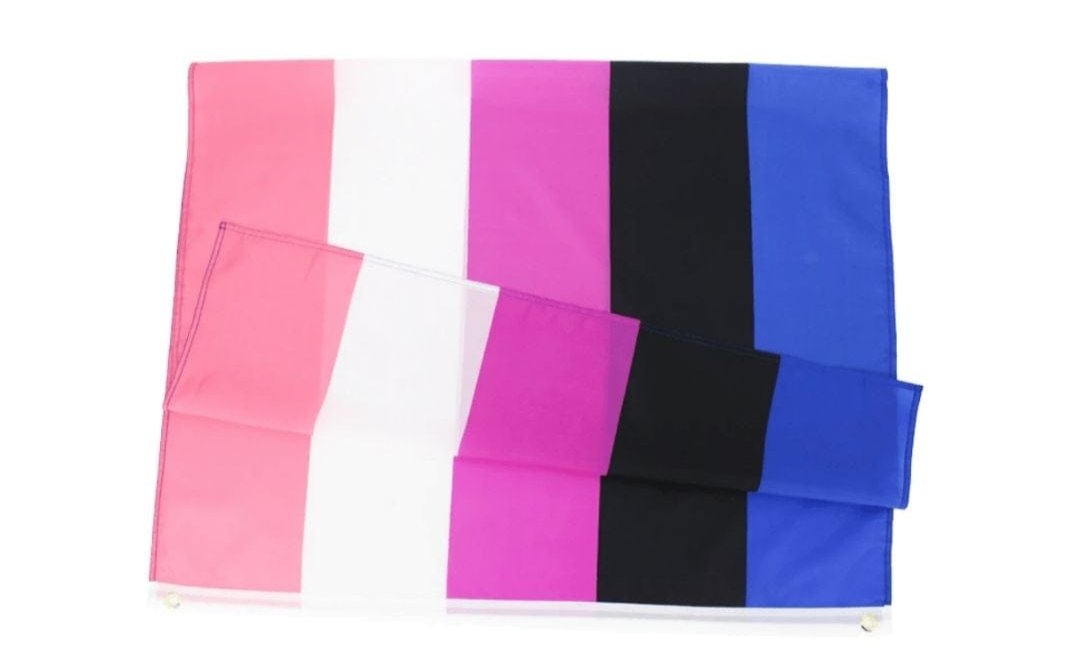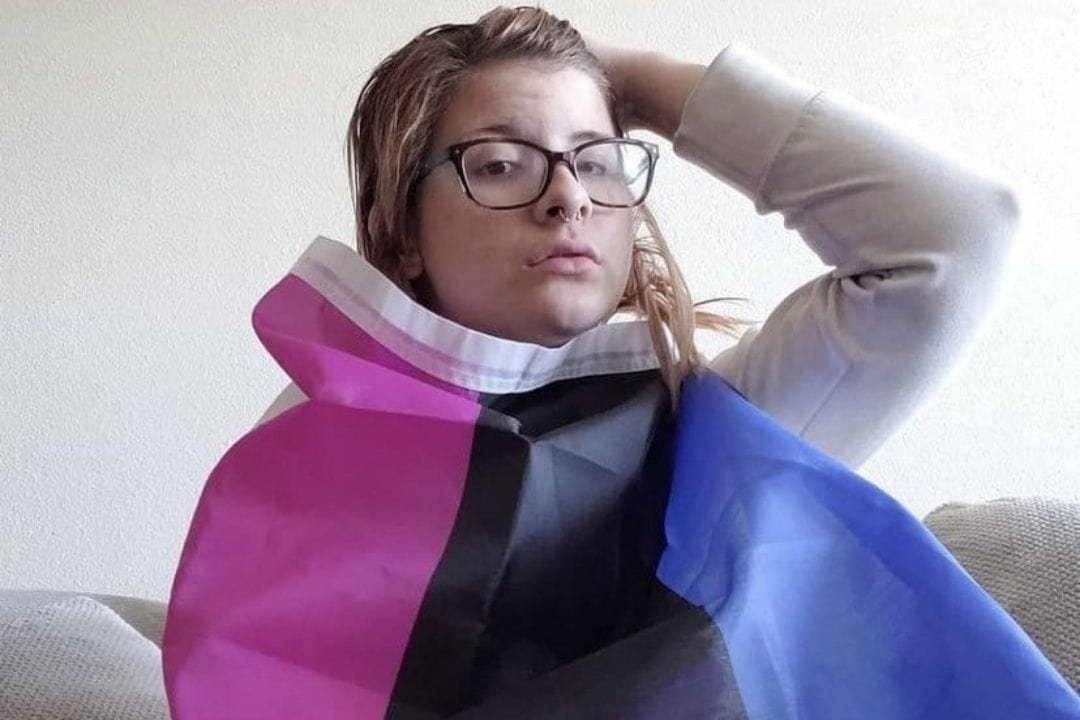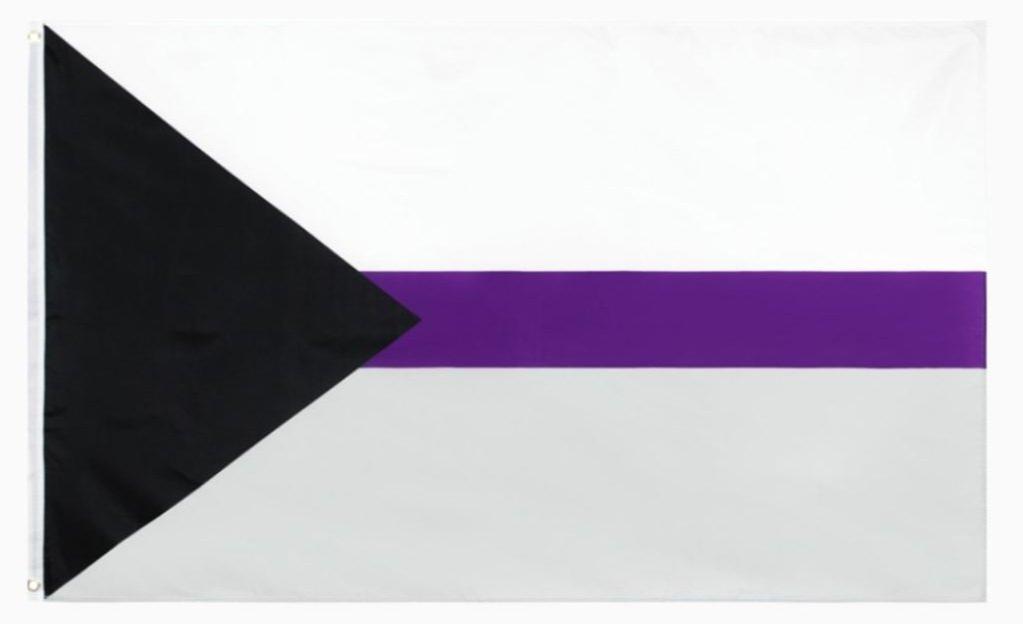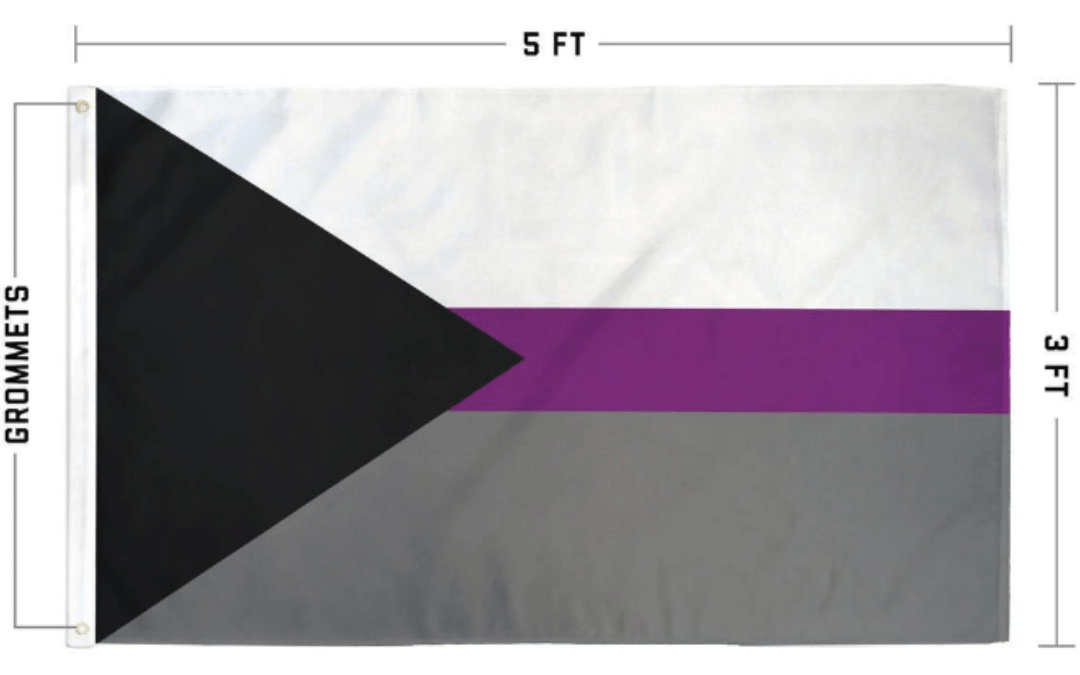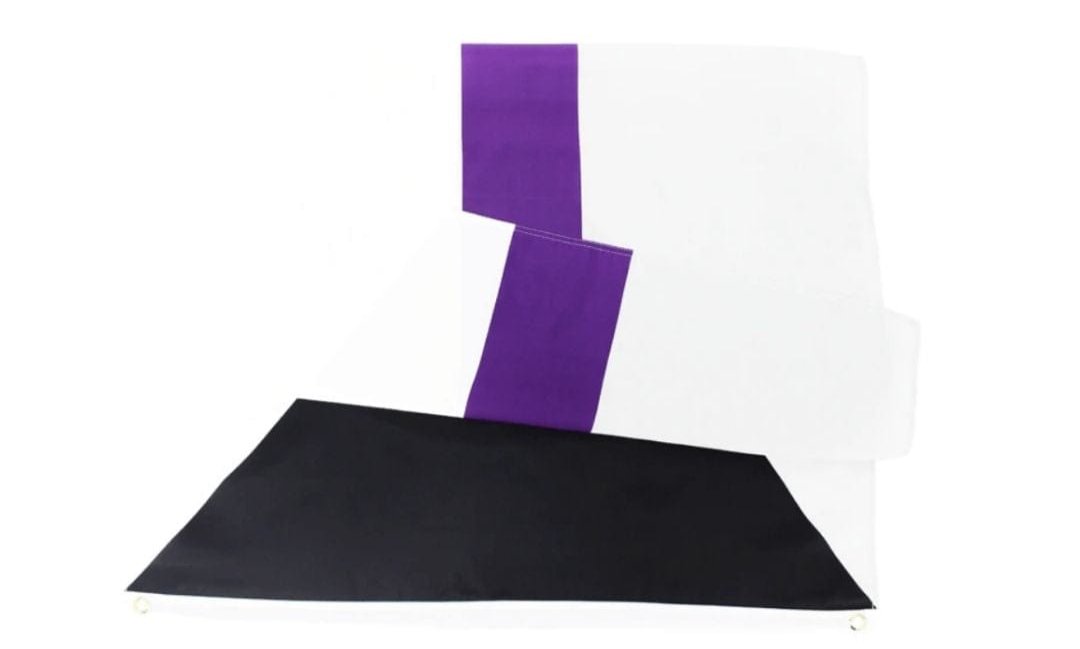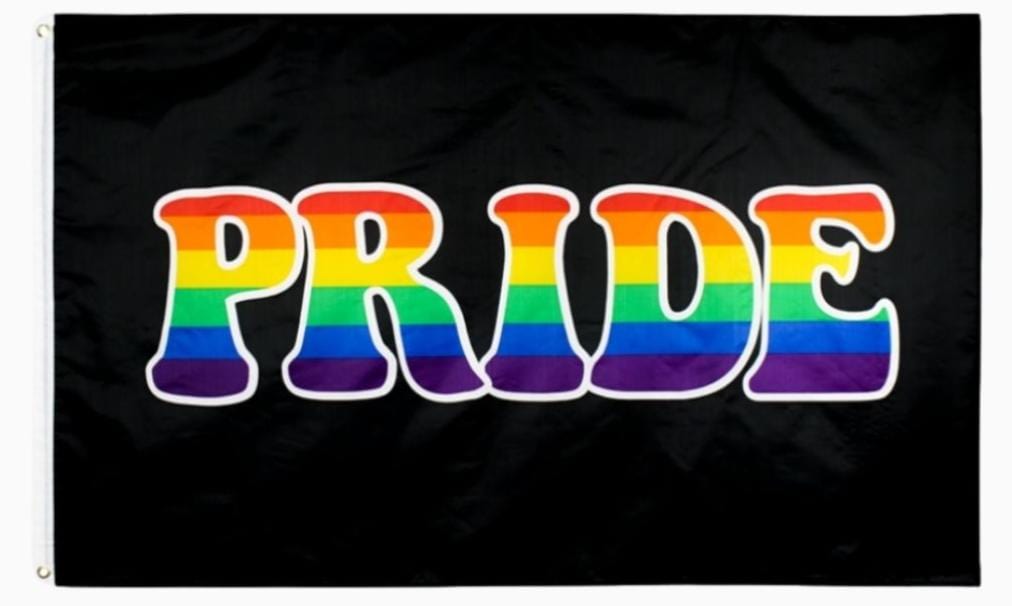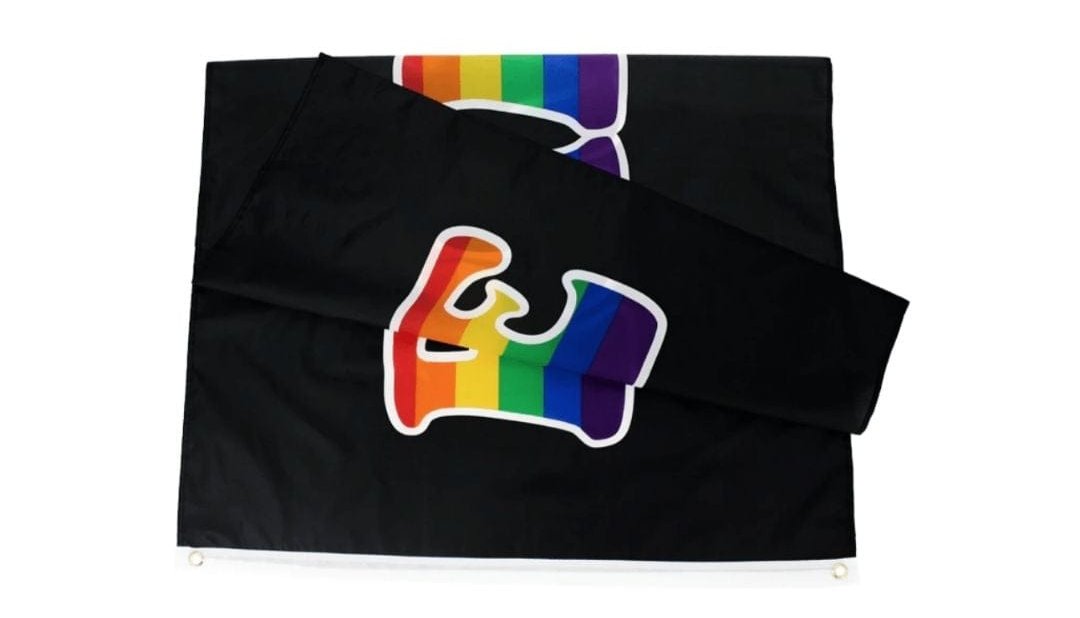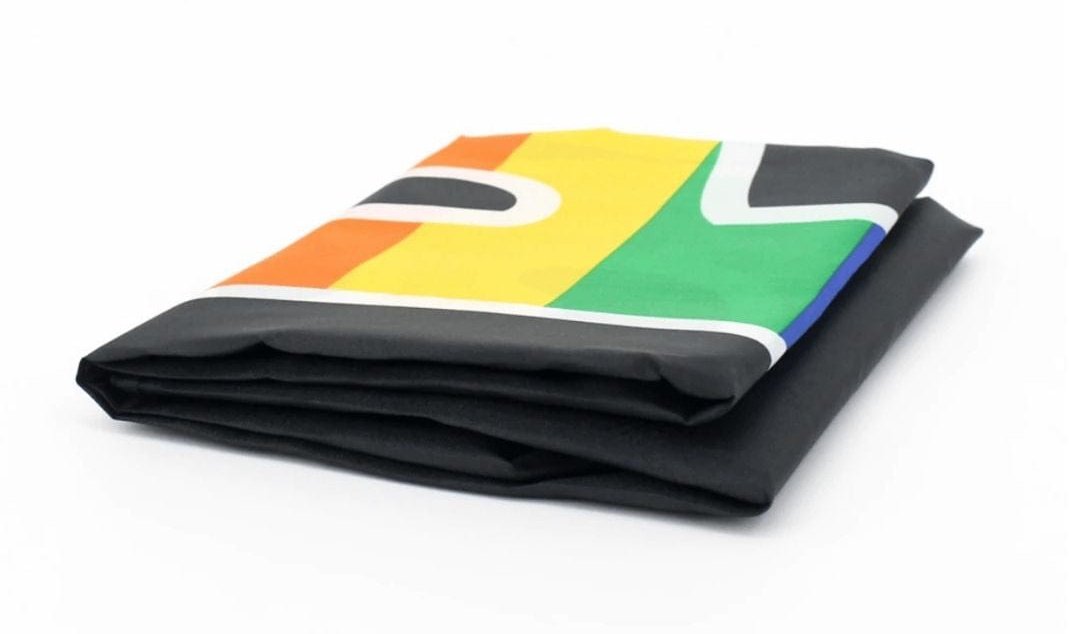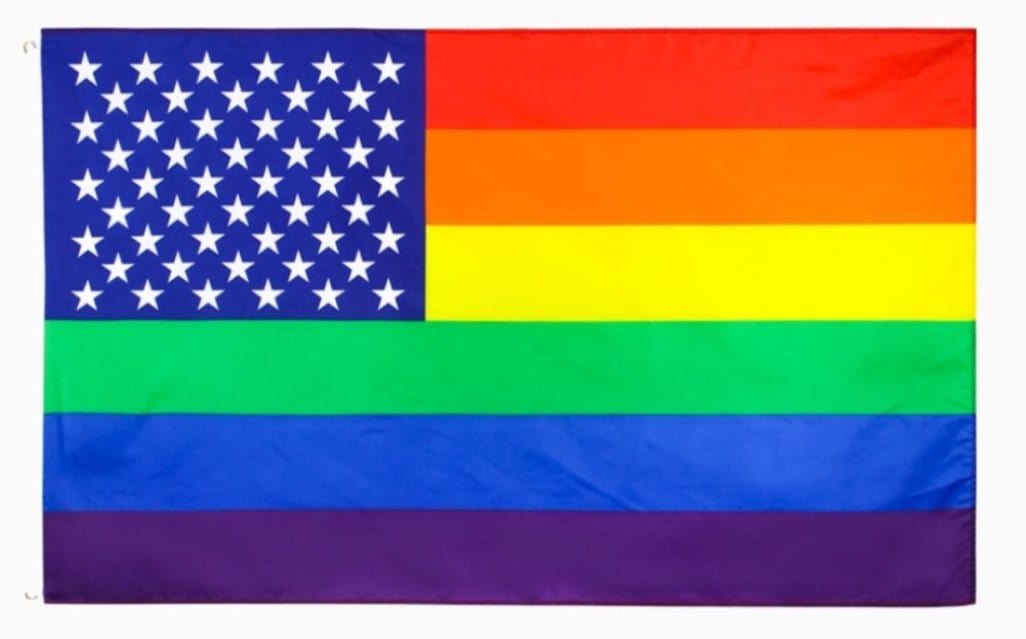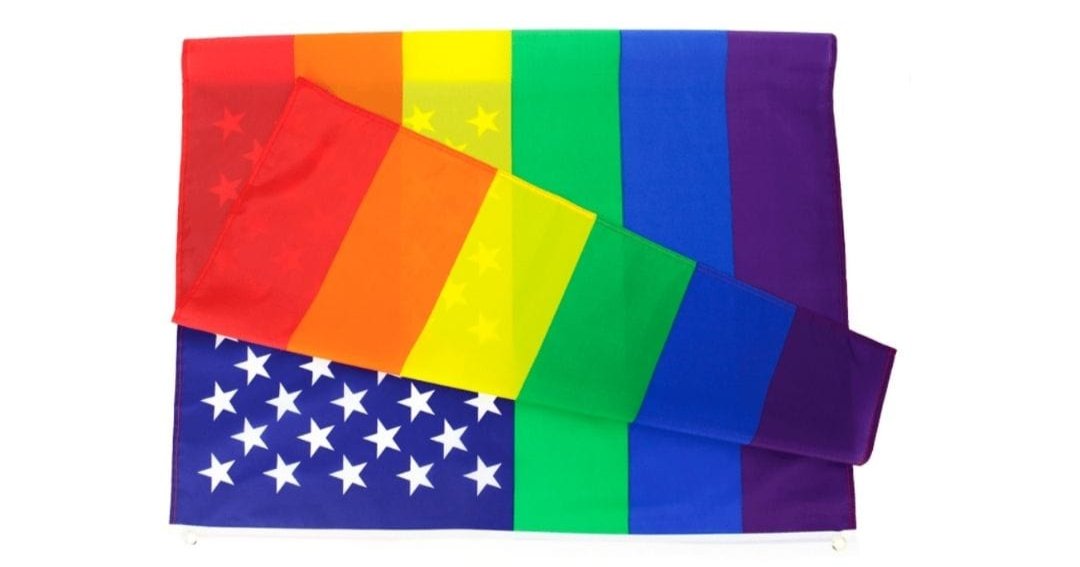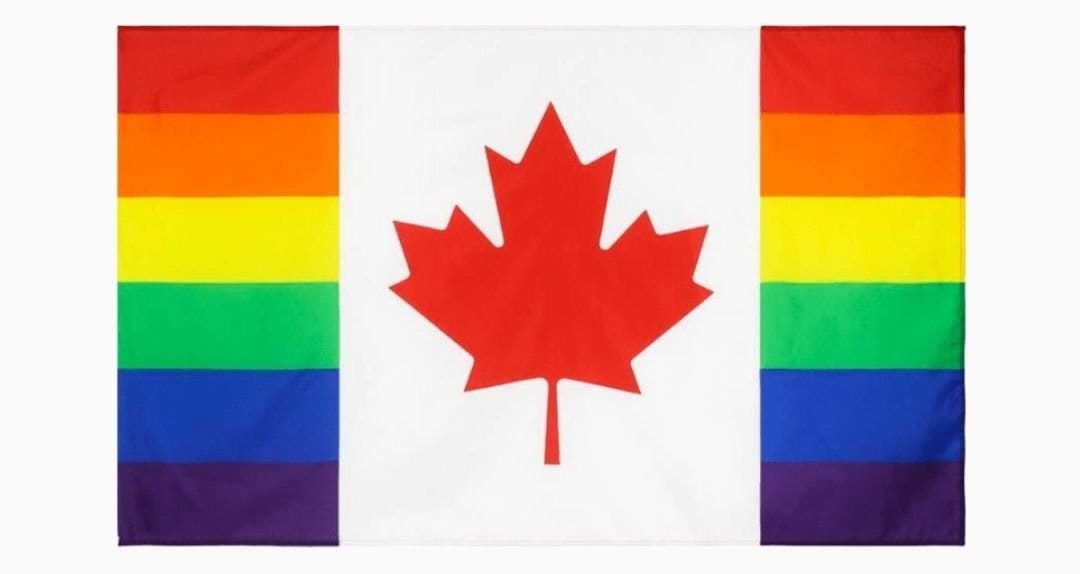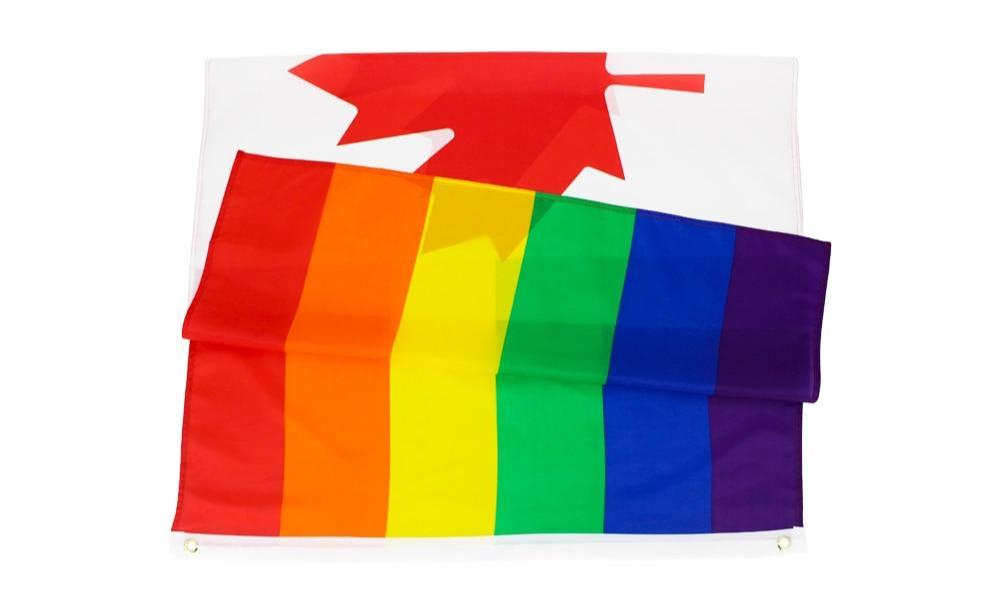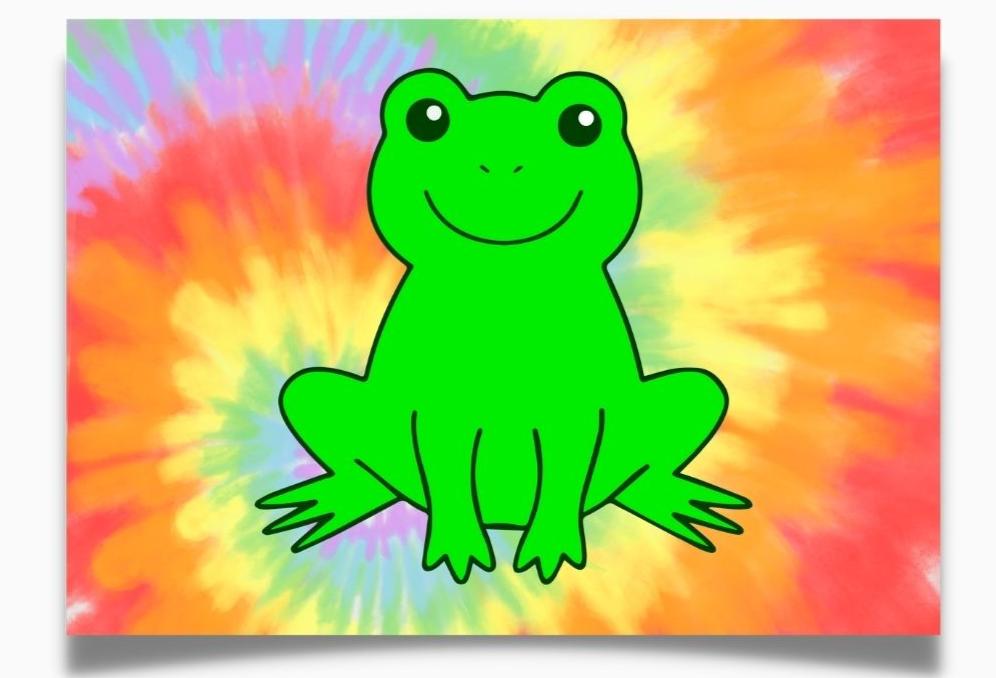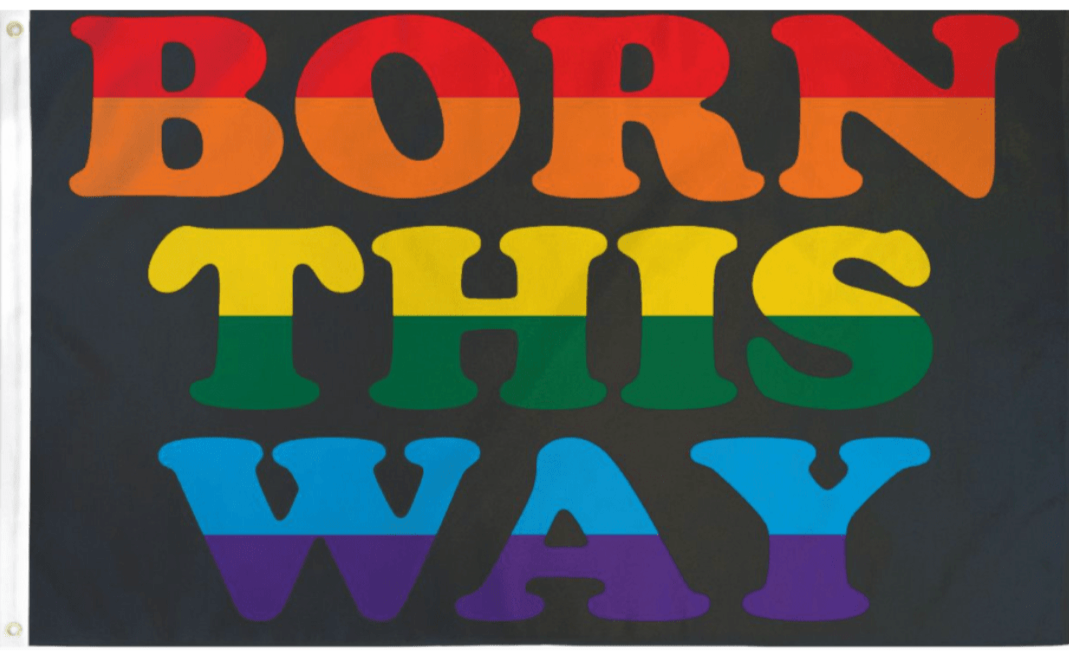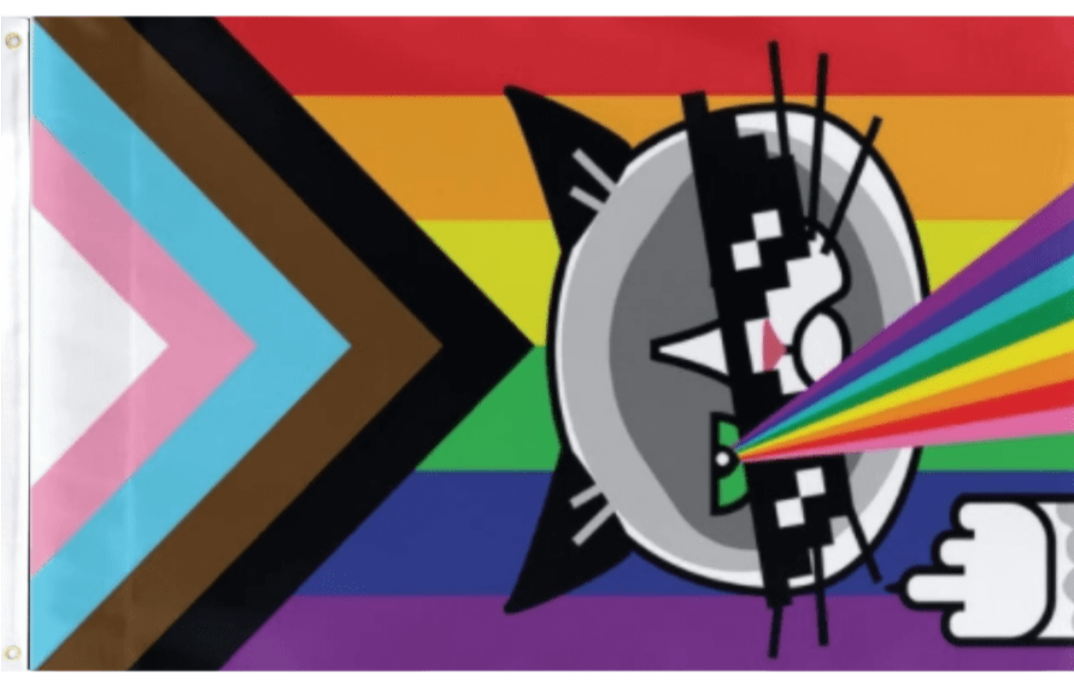Nonbinary is both a gender identity and catch-all term to describe gender identities other than strictly man or woman. Gender identity, which is different from gender expression, is a person’s deeply internalized sense of self. Gender expression, however, is the outward, external presentation of a person’s gender. At Pride Palace, we believe it is our mission to spread love, acceptance, and kindness, and amplify LGBTQ+ voices in our communities. This is why we created the first ever Pride Palace scholarship opportunity, with applications open all through June. We want to hear about what makes you proud of being in the LGBTQ+ community.
Identifying as nonbinary can mean different things to different people. Gender identity is a personal and internal experience. It is also common for people to use different terminology other than nonbinary. A person may identify as genderqueer, genderfluid, agender (without gender), or something else entirely. It is important to never assume someone’s gender identity based on their external presentation. Instead, always ask them how they choose to identify.
Some people may place nonbinary under the umbrella term of transgender people, although that is not universal. A nonbinary person might not necessarily identify as trans, due to the assumption that transness requires a movement or shift between the gender binary. This is not the case, as there is no such thing as an “opposite gender”. The gender binary is the outdated and problematic notion that there are only two distinct and separate genders of man and woman, and everyone is either one or the other. Gender is a social construct, meaning that it is created through environment and culture.
Intersex
Being intersex is someone who is born with any of several variations of both typically-associated male and female chromosomes or anatomy. While gender is an internal experience, sex is a physical experience, referring to a person’s anatomy, hormones, and chromosomes. The two concepts are completely independent of each other and not correlated. The biology of sex is more complex than simply being a man or a woman. People can be born with a variety of chromosomal combinations, and they do not necessarily dictate sex, either. For example, a person can be born with XY chromosomes, stereotypically assigned to the sex of a man, and also have been born with a uterus.
Many intersex people are assigned a gender at birth that aligns with their physical anatomy. Whether or not they continue to identify with this gender assignment is ultimately up to them as they figure out who they are. Their experience may sometimes be overlooked because their intersex characteristics go unnoticed if they are internal organs. Some intersex people may identify as nonbinary, but that is not always the case. This is because sex and gender are not synonymous entities.
Nonbinary Terminology
While nonbinary can sometimes be placed under the trans umbrella, suggesting movement away from the gender binary, it can also be used as its own umbrella term for other identities. Agender refers to having no specific gender, and can be either neutral or unidentified. Agender is also interchangeable with genderless and neutrosis. Bigender refers to having two distinct gender identities, either simultaneous or alternating. Someone who identifies as gender fluid moves between two or more gender identities.
A cisgender person is someone whose gender identity is the same as the one they were assigned at birth. Someone who is trans is someone who is not cis, meaning they do not identify as the gender identity they were assigned at birth. This can mean a wide range of things. Nonbinary gender cannot be defined within the socially constructed gender binary.
Nonbinary can also be used as a specific identity in and of itself. You might also see the word nonbinary referred to as either “nb” or “enby”, the phonetic pronunciation of the abbreviation. However, nonbinary people are not always comfortable with this terminology, viewing it as either infantalizing or not inclusive, as “nb” has at times meant “non-Black” in history. It is always best to ask a person how they prefer to be identified and not assume.
Many nonbinary people might still have to use their gender assigned at birth for passports and drivers licenses because many governments still adhere to the gender binary. The good news is, that is slowly changing. For example, job applications are starting to include diverse gender identity options. Governments across the world, including the United States, are beginning to recognize nonbinary identities.
Two Spirit
Two spirit is a pan-tribal term that was created by and for First Nations/Native Americans that describes a person who embodies a variety and spectrum of genders. A Two Spirit person might have a specific social or ceremonial role within their tribe, representing a third gender. It can be its own umbrella term for First Nations/Native Americans that identify outside of the gender binary, but also can be used as a specific identity on its own.
Exploring Gender Alignment And Sexuality
Gender identity and expression have nothing to do with an individual’s sexual orientation. Nonbinary people can identify as heterosexual, gay, or lesbian, or any other term they claim for themselves. Some nonbinary individuals identify as either woman-aligned or man-aligned. This does not mean that they are less of a woman or a man, but rather that they personally occupy a sociological position similar to that of a binary male or female experience. This does not make a person less binary. A person can be unaligned to a gender as well.
Nonbinary is not associated with a specific gender expression. Being nonbinary does not mean that a person will express themselves adrogynously, which means a combination of masculine and feminine characteristics into an ambiguous form. A nonbinary person can express themselves non-normatively, fluidly dress more masculine or femme, or one or the other. Outward expression does not necessarily dictate inner identity.
Pronouns
Nonbinary is usually associated with gender neutral pronouns, which mean short words that describe someone without using their name that are not he/his/him or she/her/hers. It is common to utilize the singular they, as in they/them/thems. Some people might use a combination of pronouns, like for example she and they. That could mean that this person is both nonbinary and female-aligned, but again, gender means different things to different people. A label imposed by society can feel repressive and might not be the one that fits the best internally.
A gender neutral titlefor a person who does not want to use the heteronormative Mr., Mrs., or Miss can use Mx. There are also non-standard pronouns, which are pronouns called neopronouns. Some examples of neopronouns are sie, ze, xe, co, and ey. A person can also use different gendered pronouns interchangeably, like he and she.
Flags To Fly High!
Pride flags are a diverse group of flags that are used for representing gender identity, gender expression, or sexual orientation visibility. These are used to show support either as home decor or at a pride event or parade. A great way to show off your nonbinary pride is by getting yourself a Pride Palace Nonbinary Pride Flag! The different flags of the LGBTQ+ community are each filled with purposeful symbolic meaning.
The nonbinary flag was designed by Kyle Rowan in 2014. The nonbinary flag has yellow, white, purple, and black horizontal stripes. The yellow stripe represents people whose gender fits outside the gender binary. The white stripe represents people with many or all genders. The purple stripe represents people whose gender is a mix of male and female. The black represents people who do not identify as having a gender.
Another great flag we have at Pride Palace is to wave loud and proud is the agender flag. The agender flag was created by Salem X in 2014. This flag has seven horizontal stripes. The black and white stripes represent an absence of gender. The grey represents semi-genderlessness, and the central green stripe represents nonbinary genders.
Final Takeaways
Every person’s internal sense of self deserves to be recognized and celebrated. The nonbinary community is very diverse, truly exemplifying that gender can mean whatever you want it to mean to you, for you. The power of language cannot be underestimated. Language affirms, validates, communicates your identity to the world, connecting you with others who identify the same way. Language is diverse, gender identity is diverse, and being nonbinary is both a collective and individual personal experience.
Sources:
Non-Binary Inclusion | LGBT Foundation
What Does It Mean To Be Nonbinary? | Very Well Mind
Flags Of the LGBTTIQ Community | OutRight Action International


